Diving Off Bunaken Island, Northern Sulawesi, Indonesia
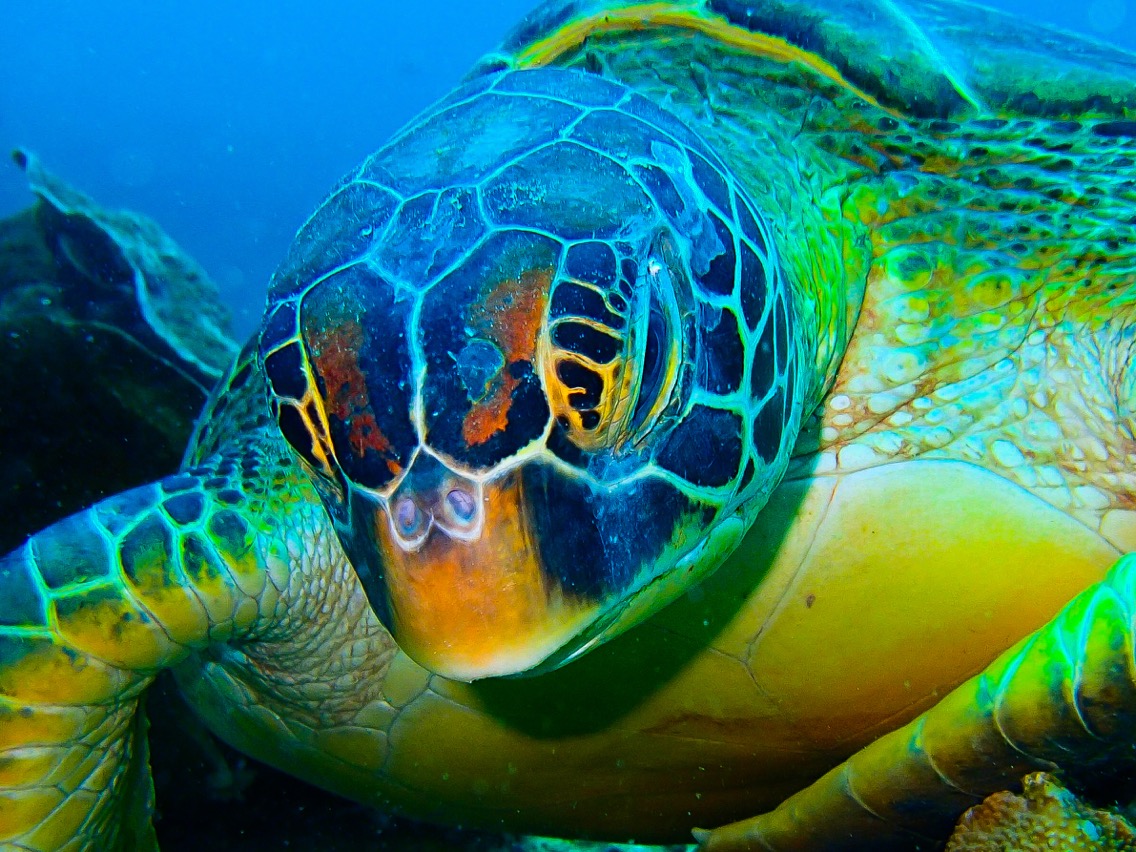
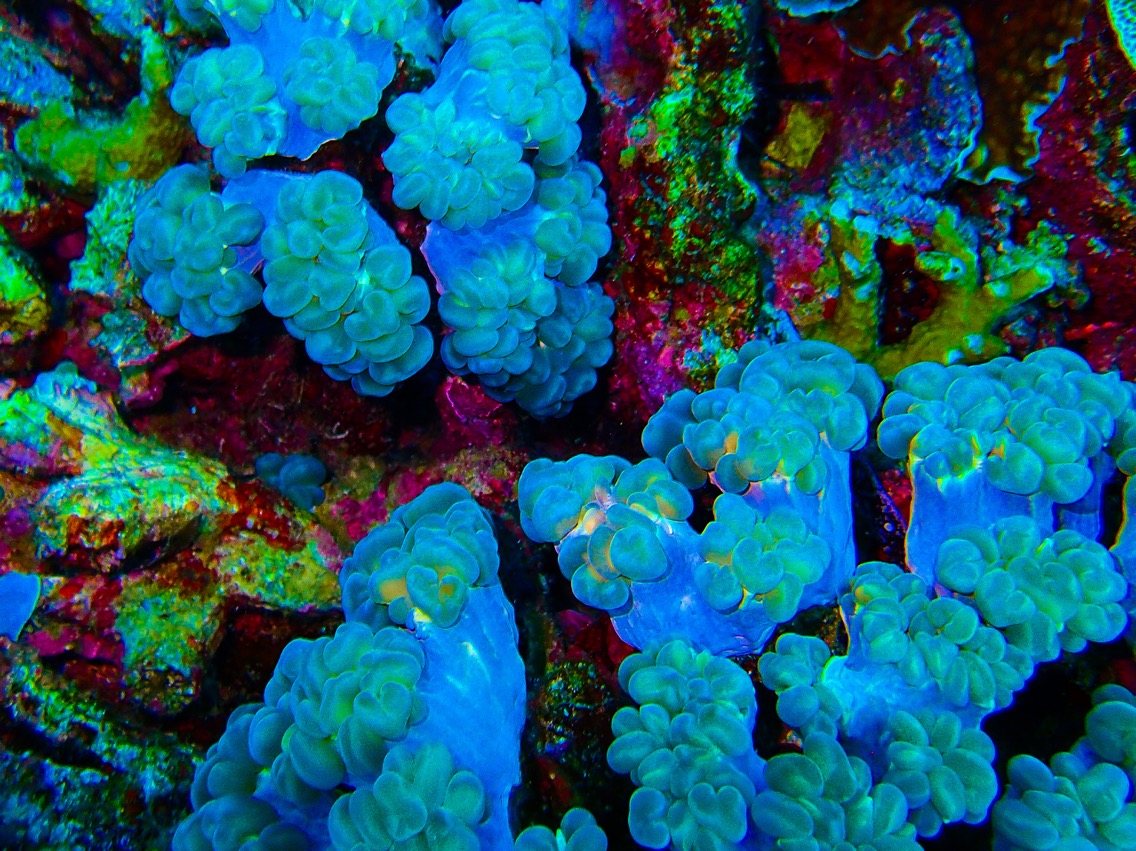
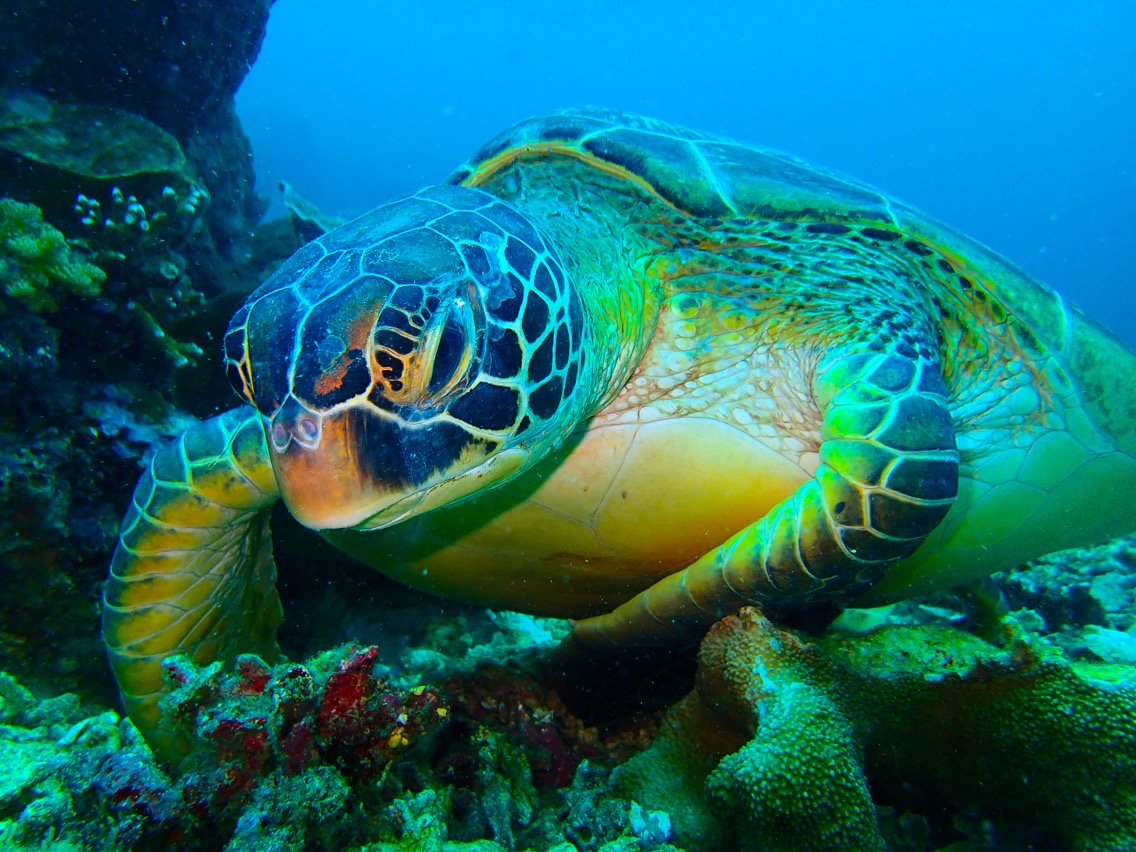
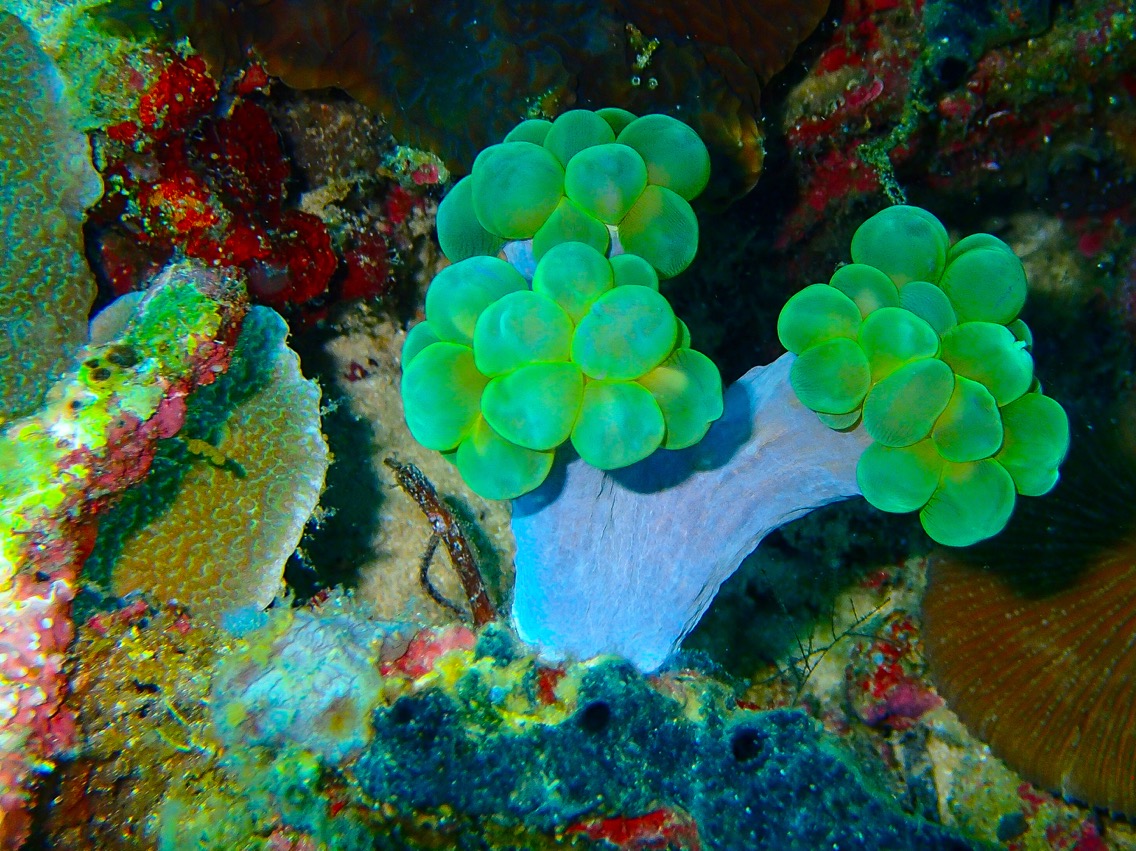
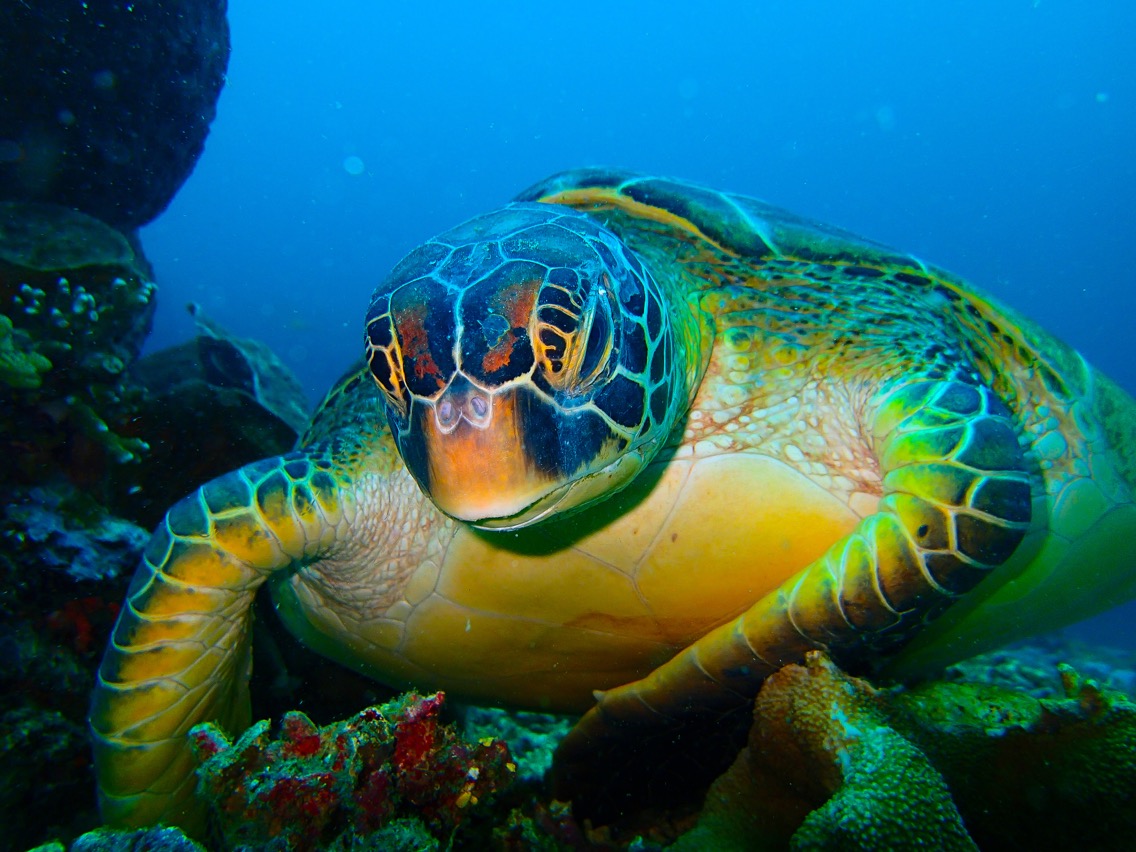
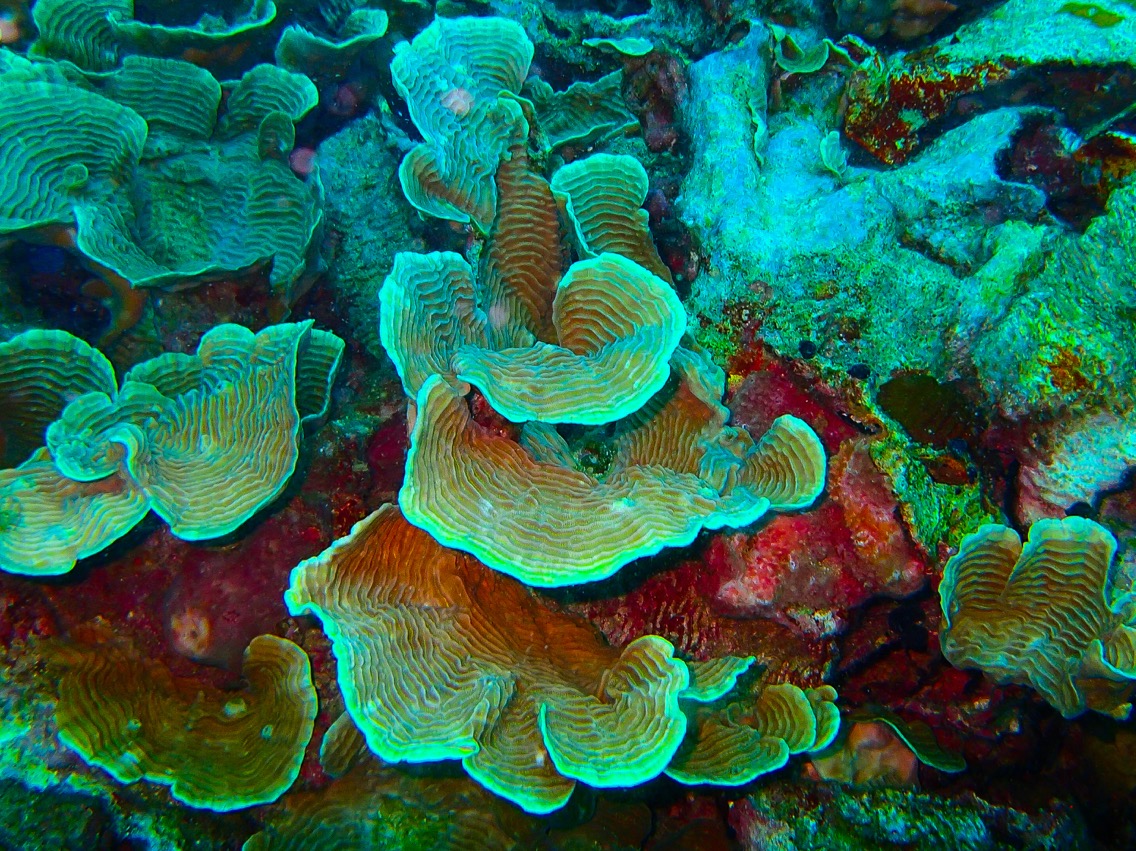
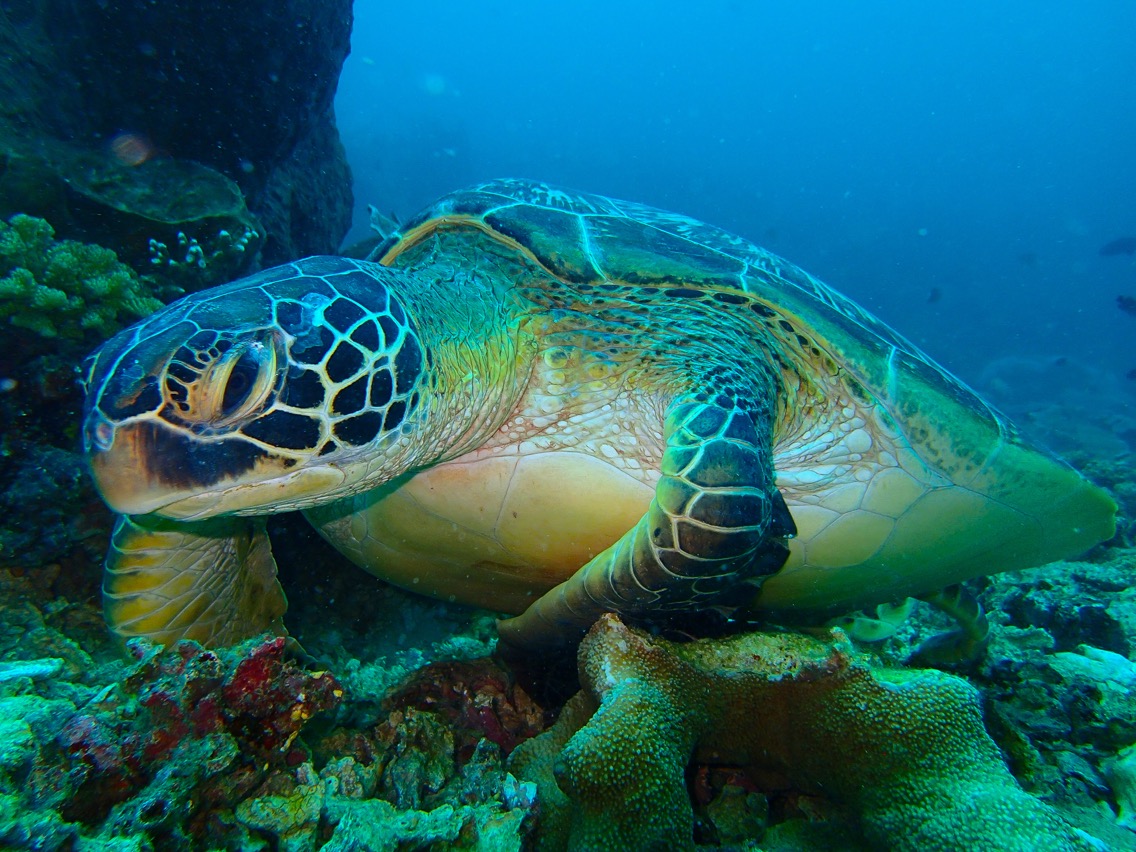
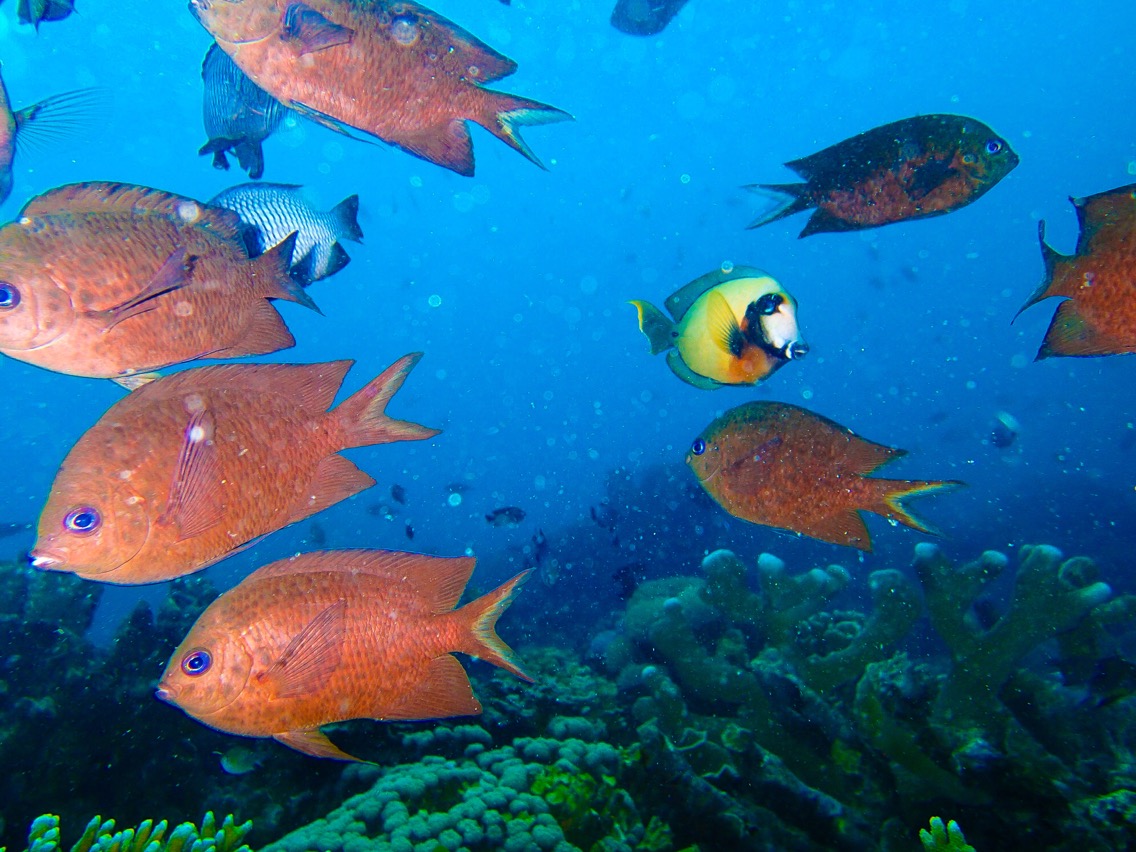
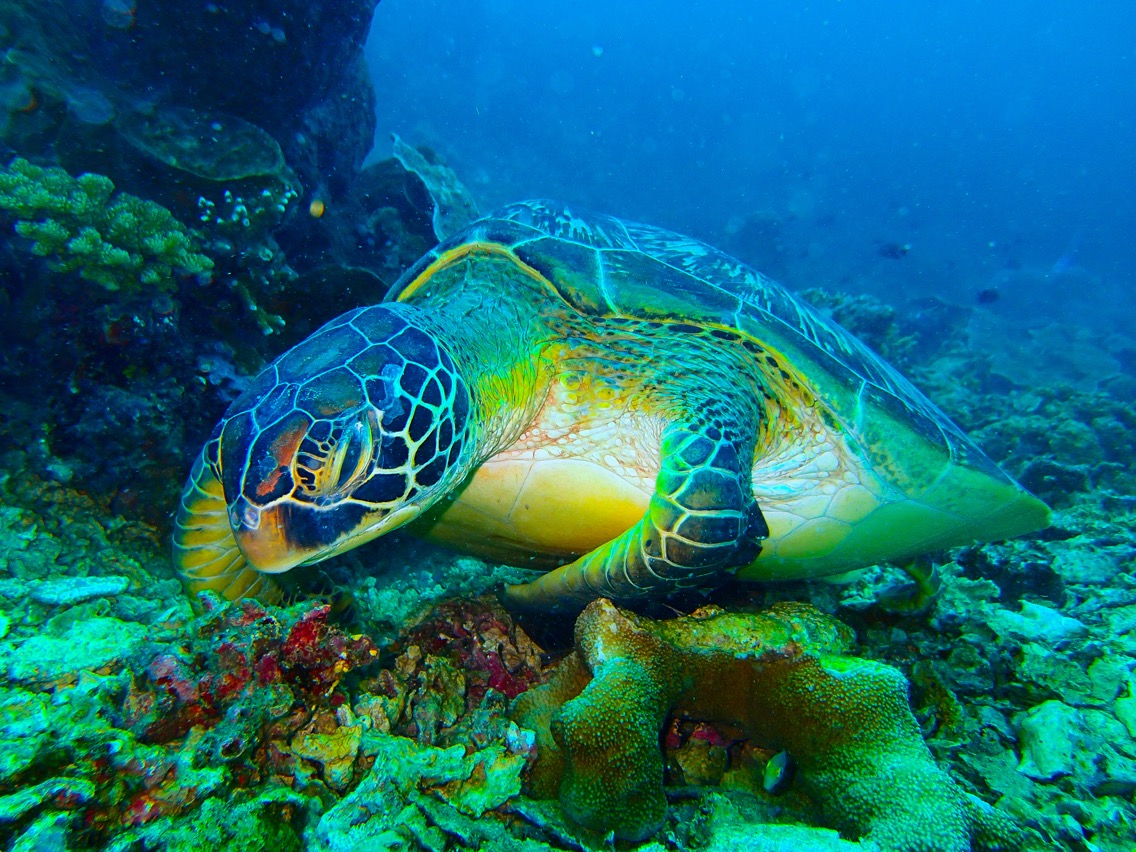
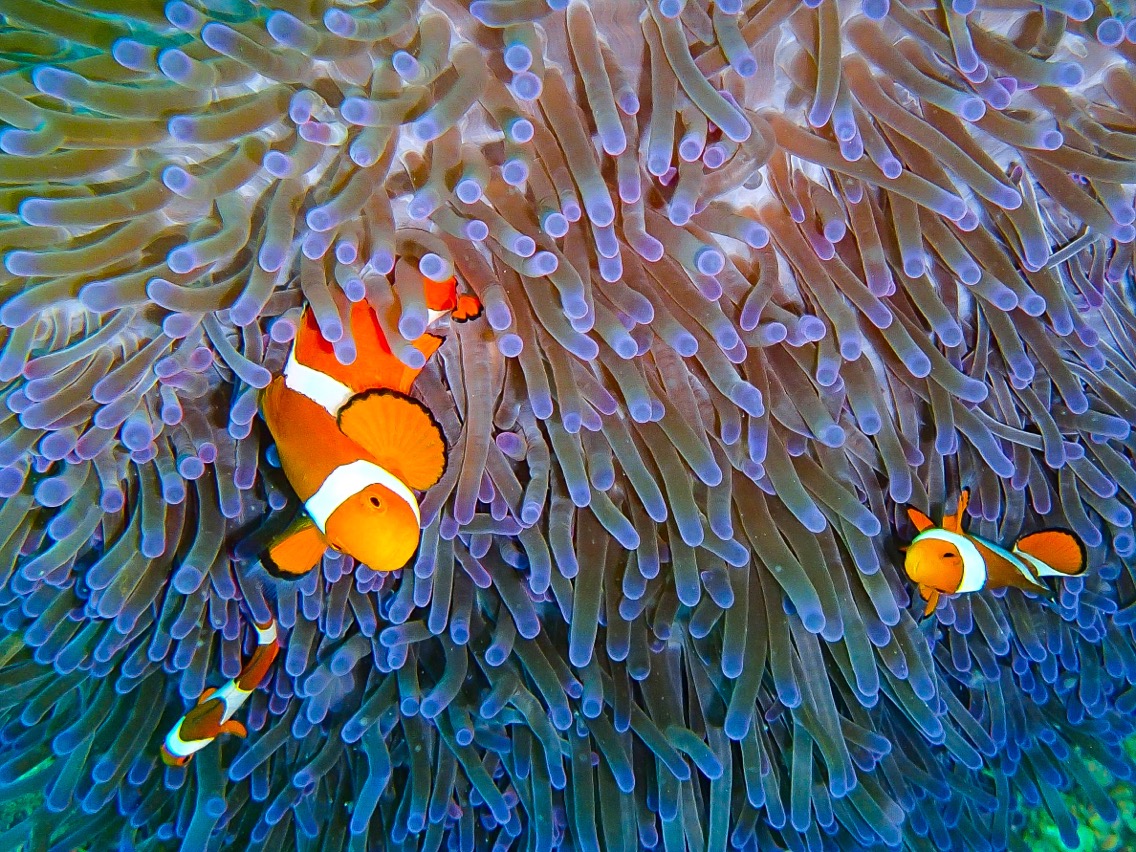
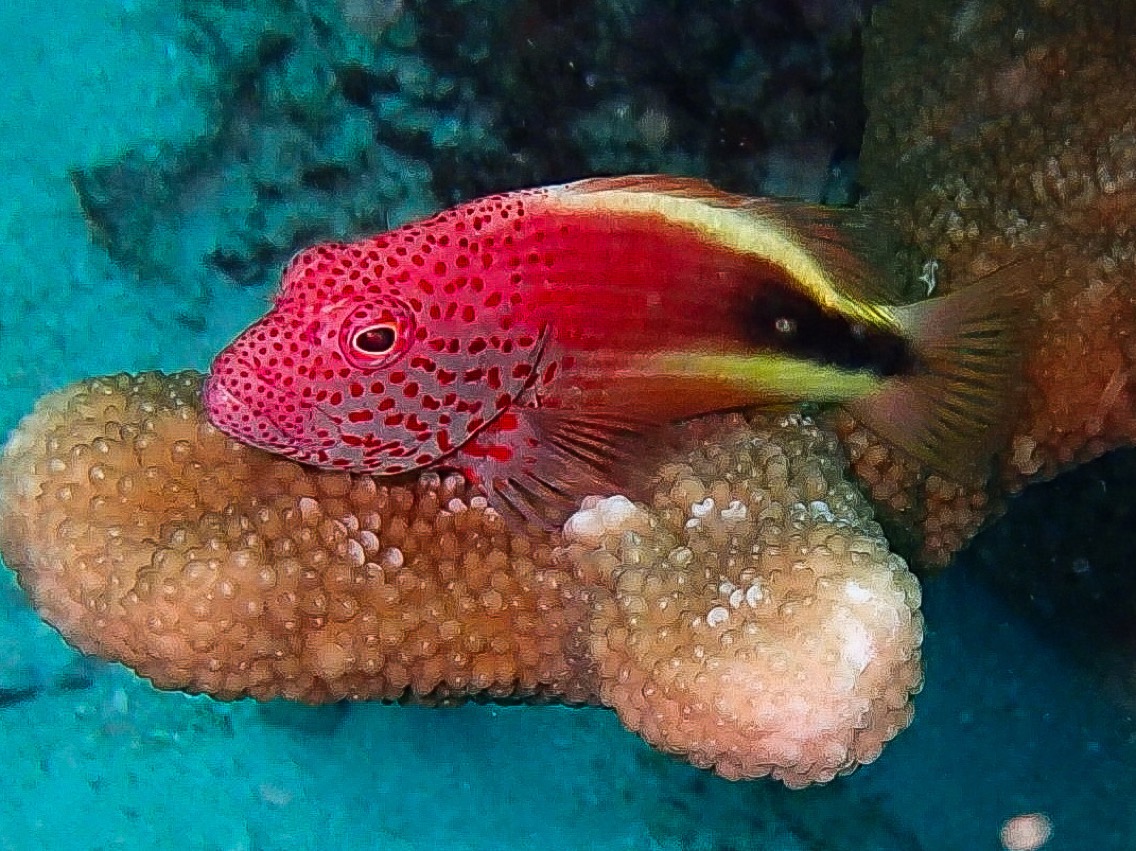
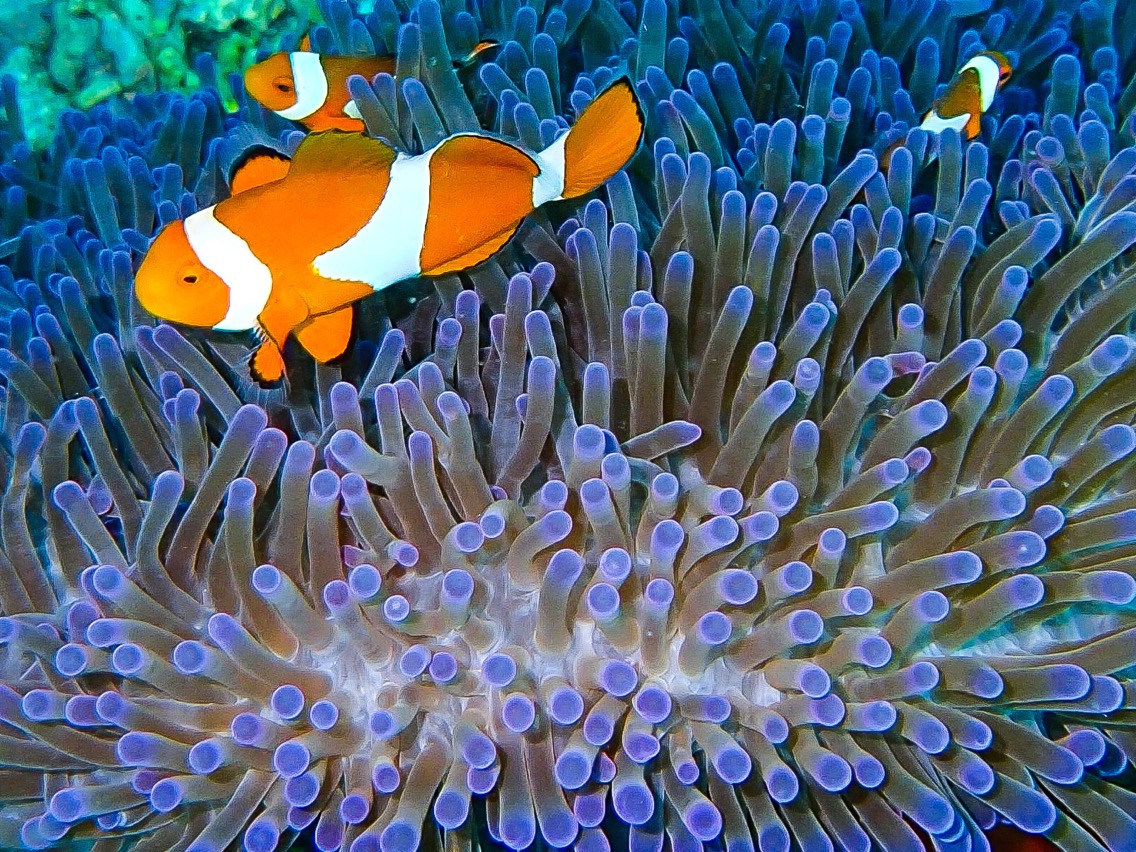

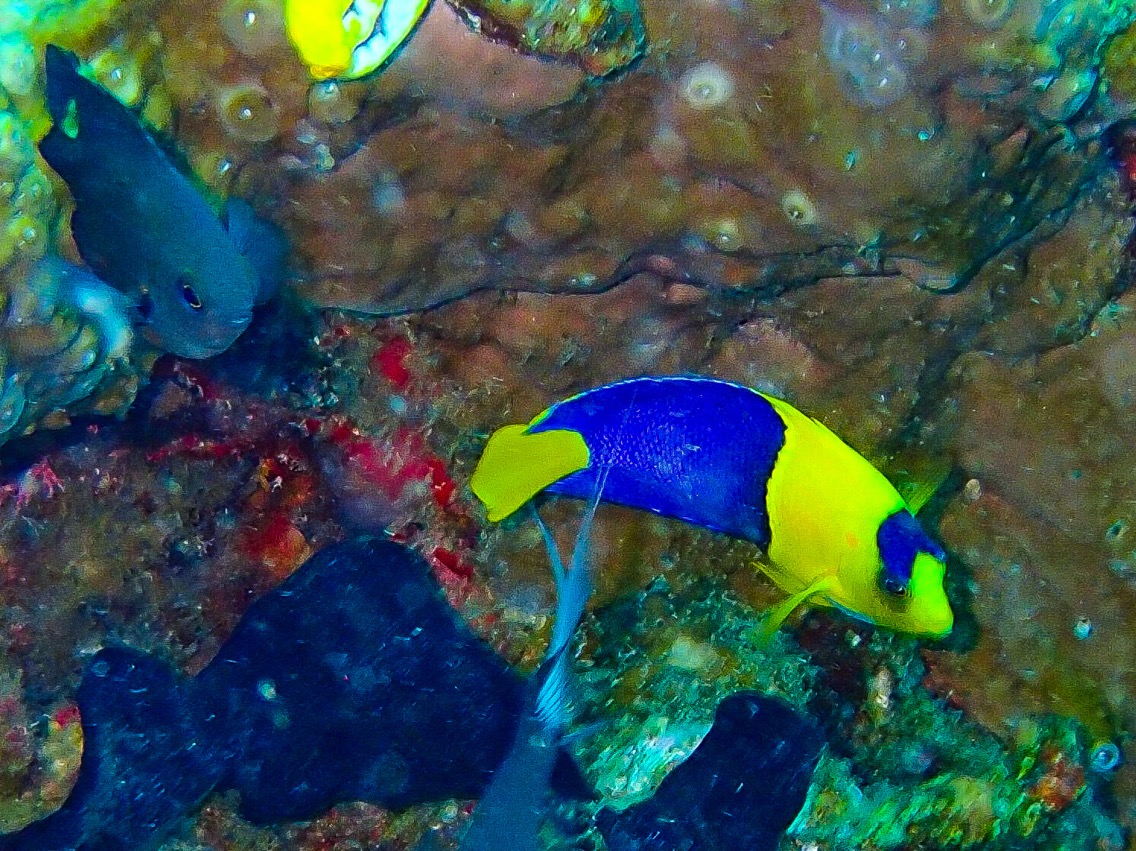
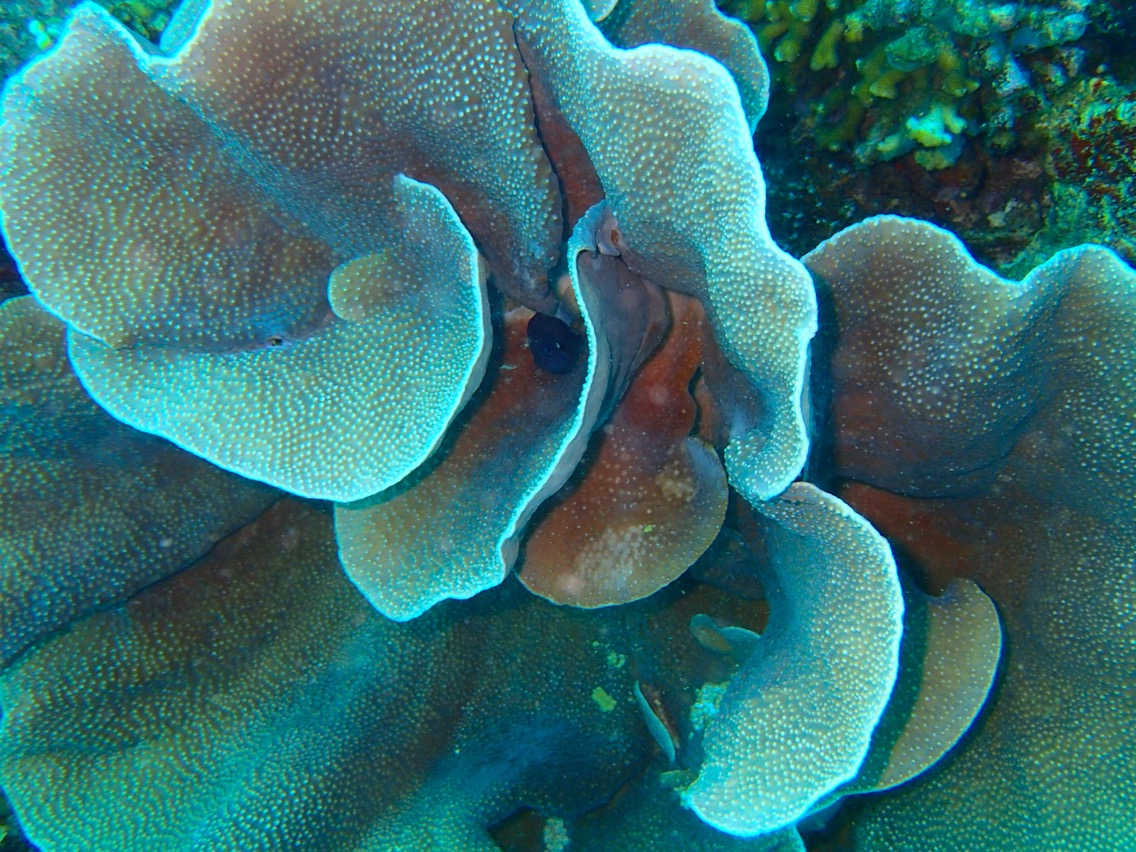
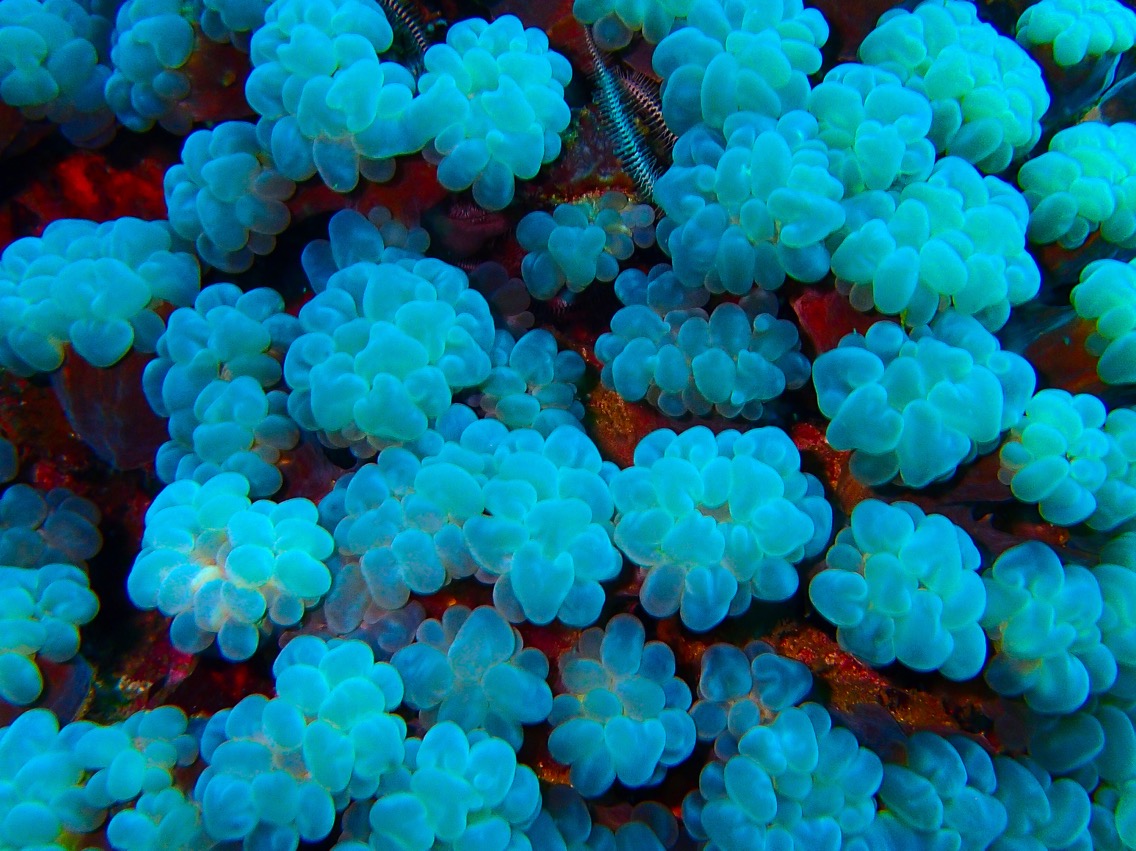
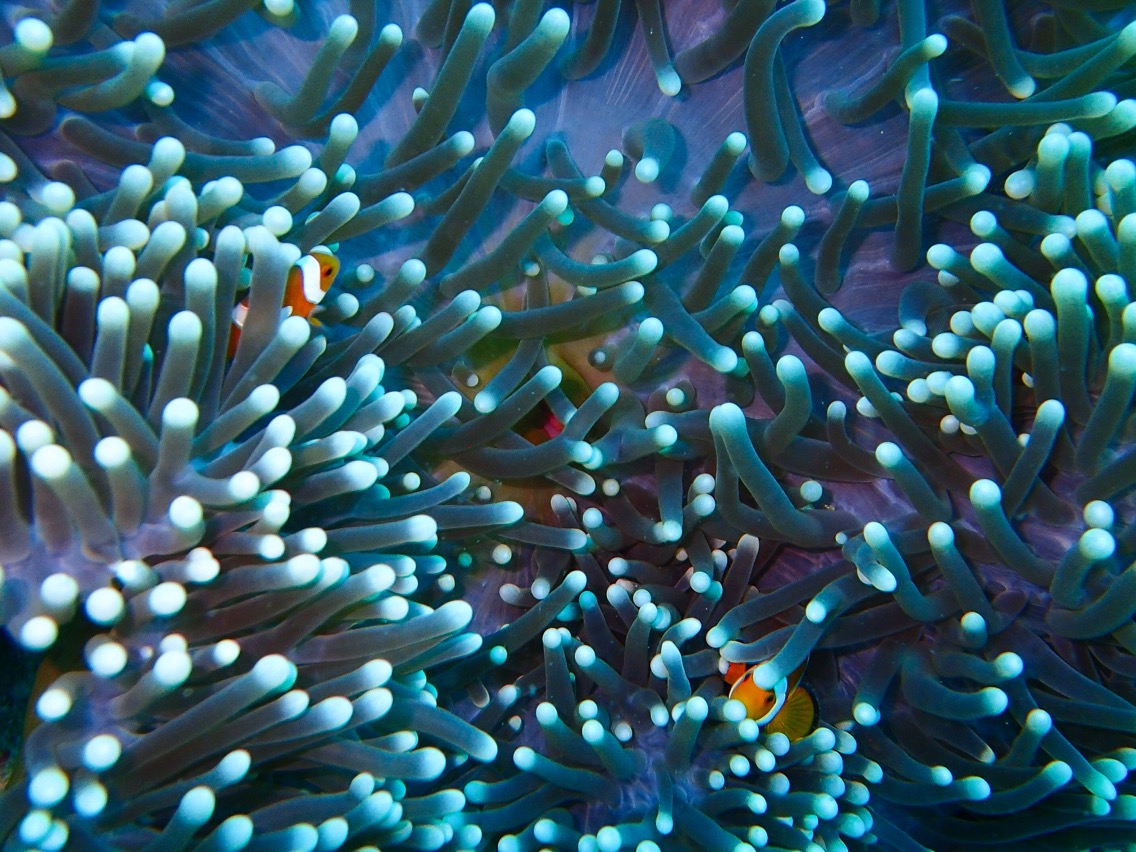

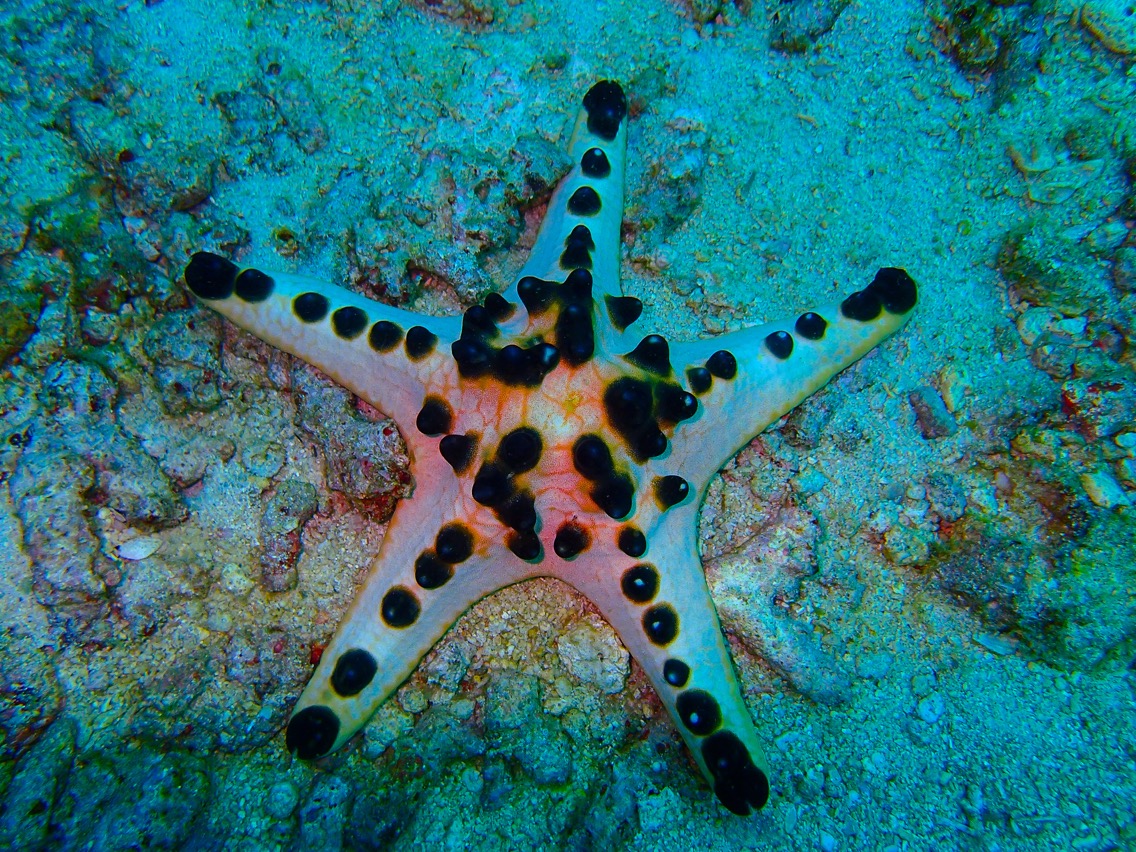
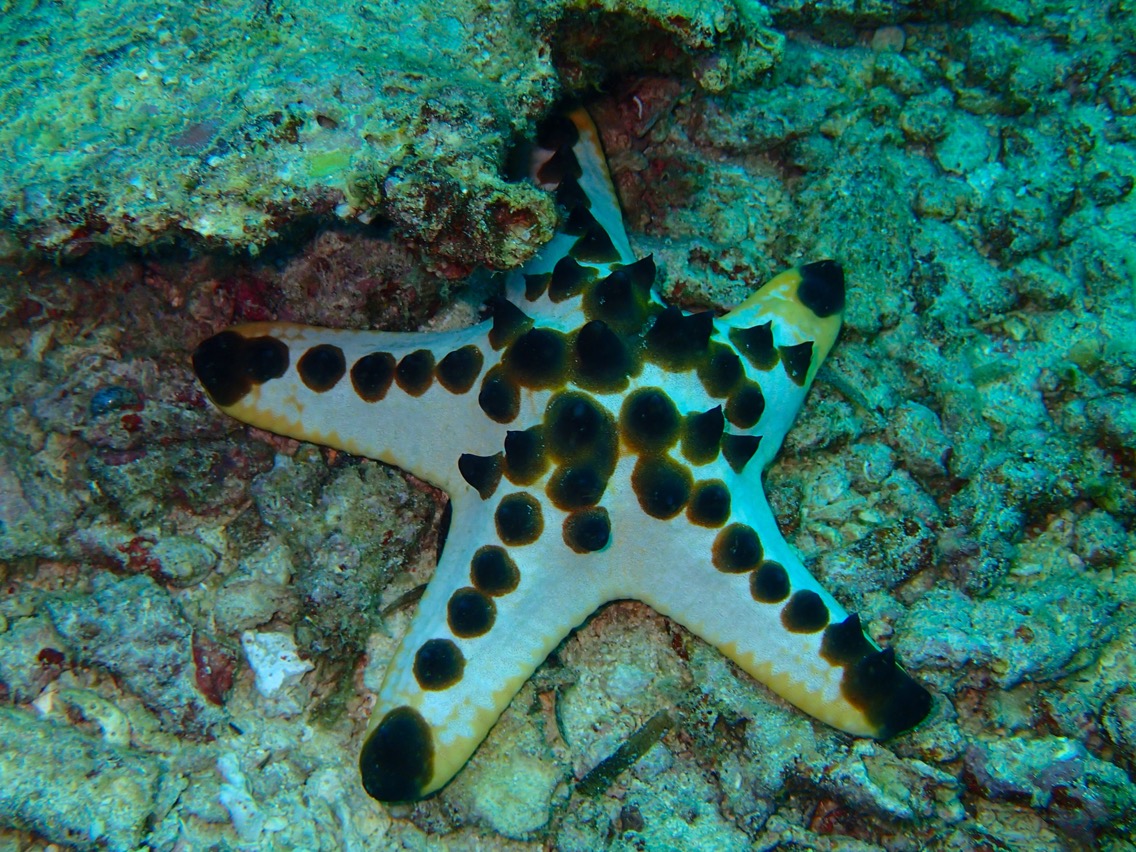
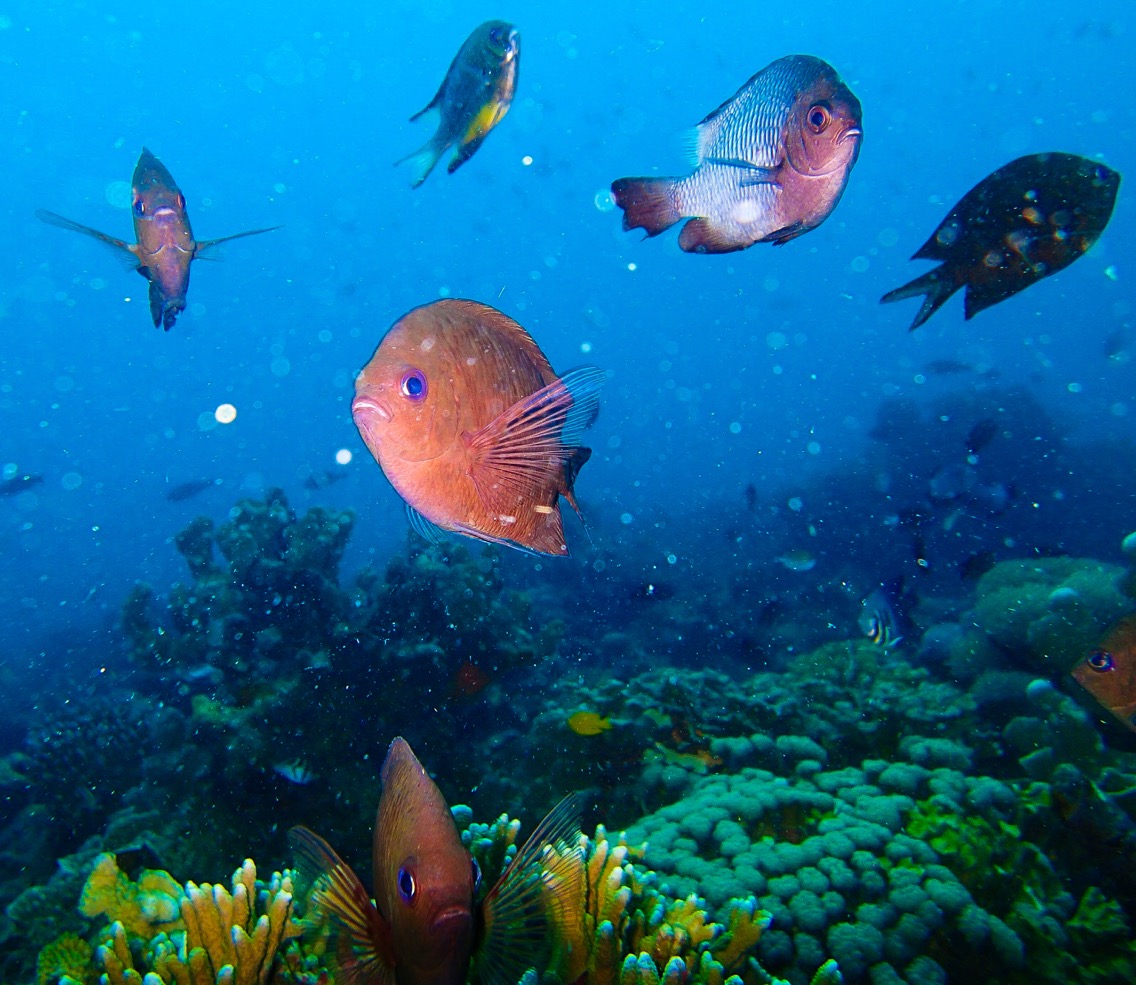
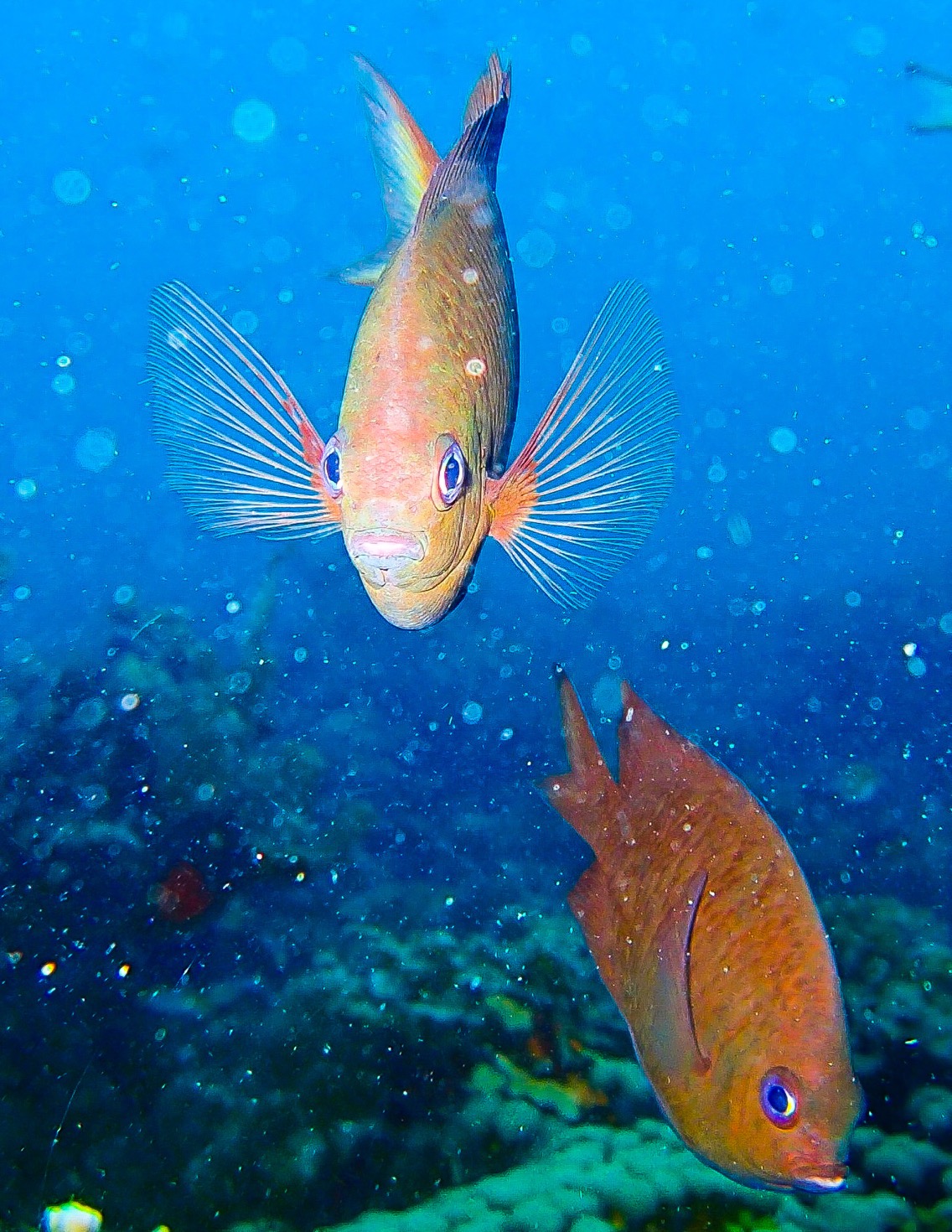
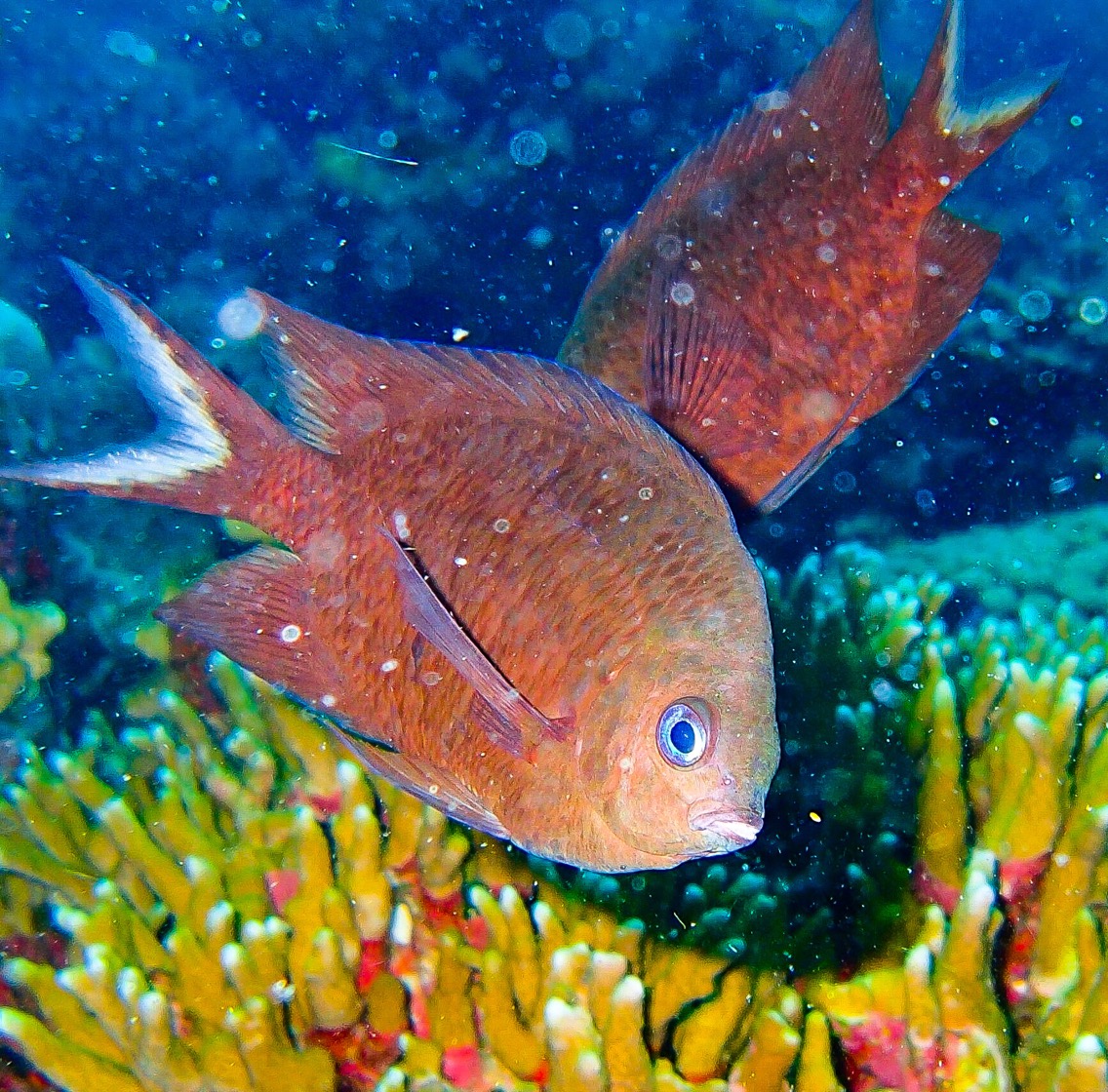
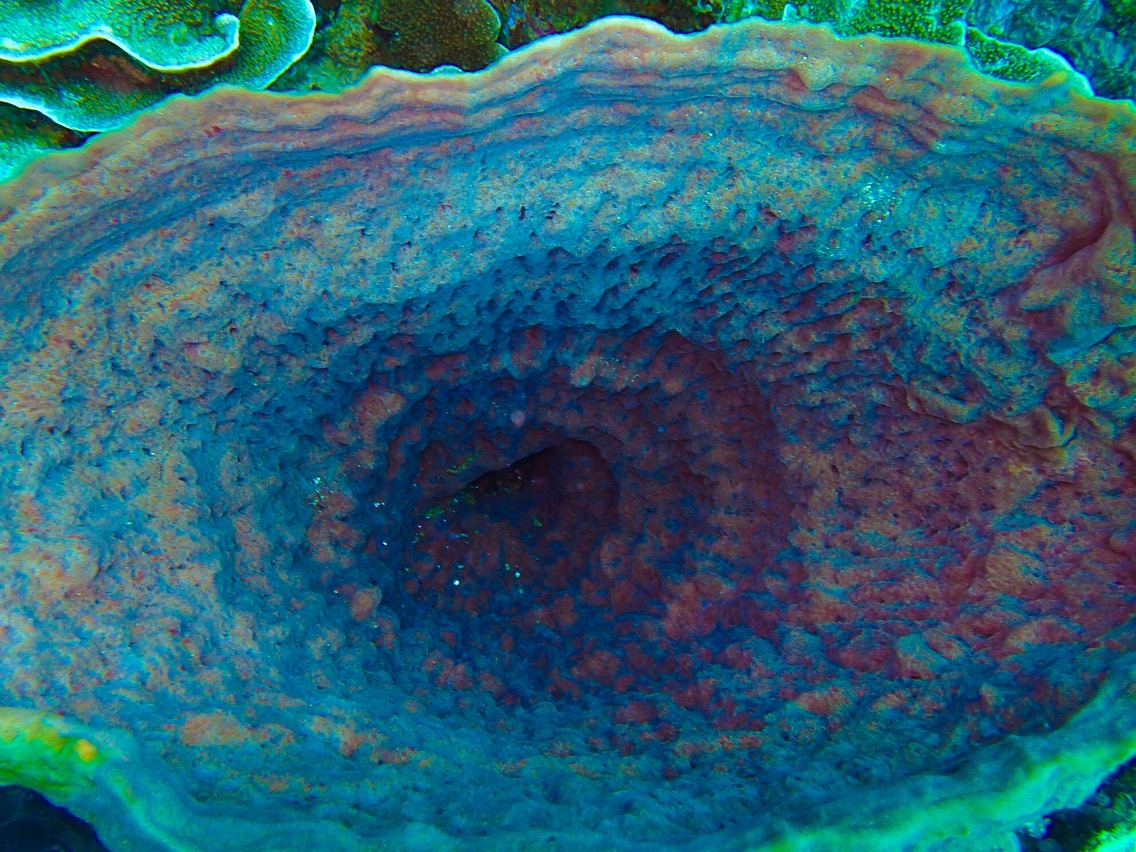
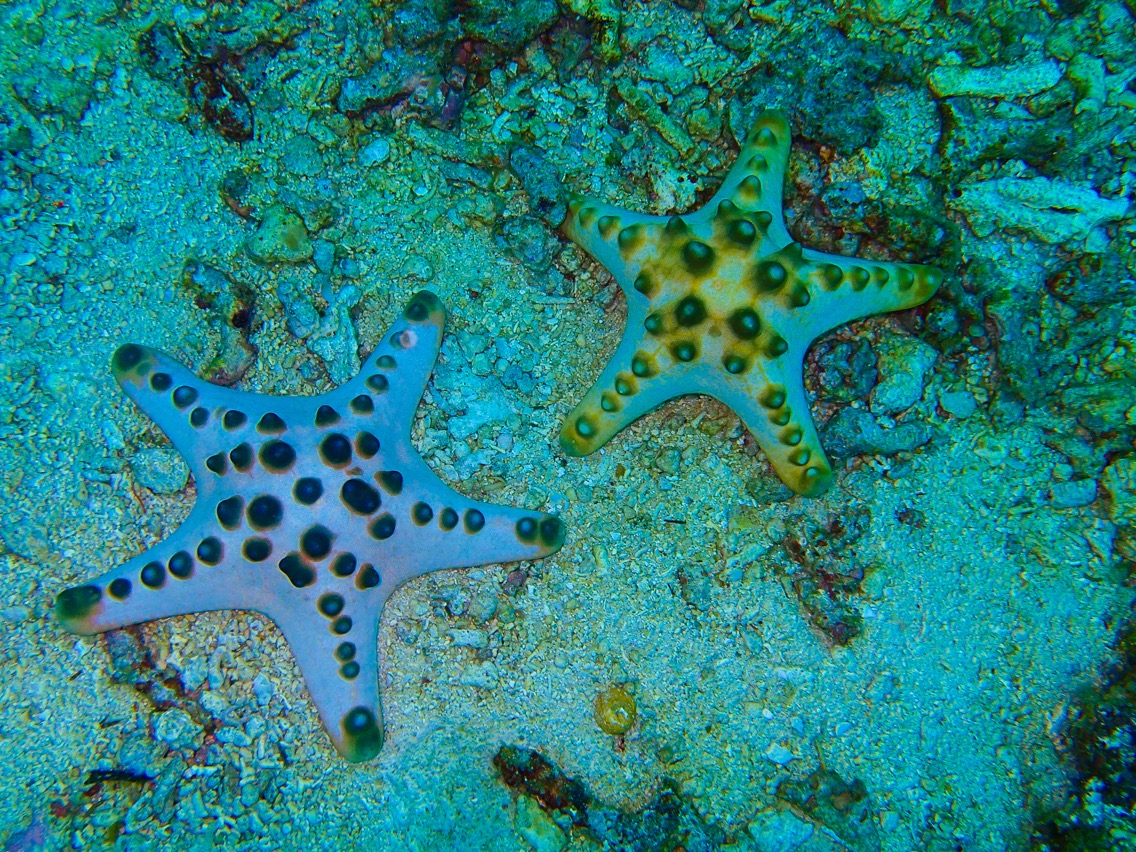
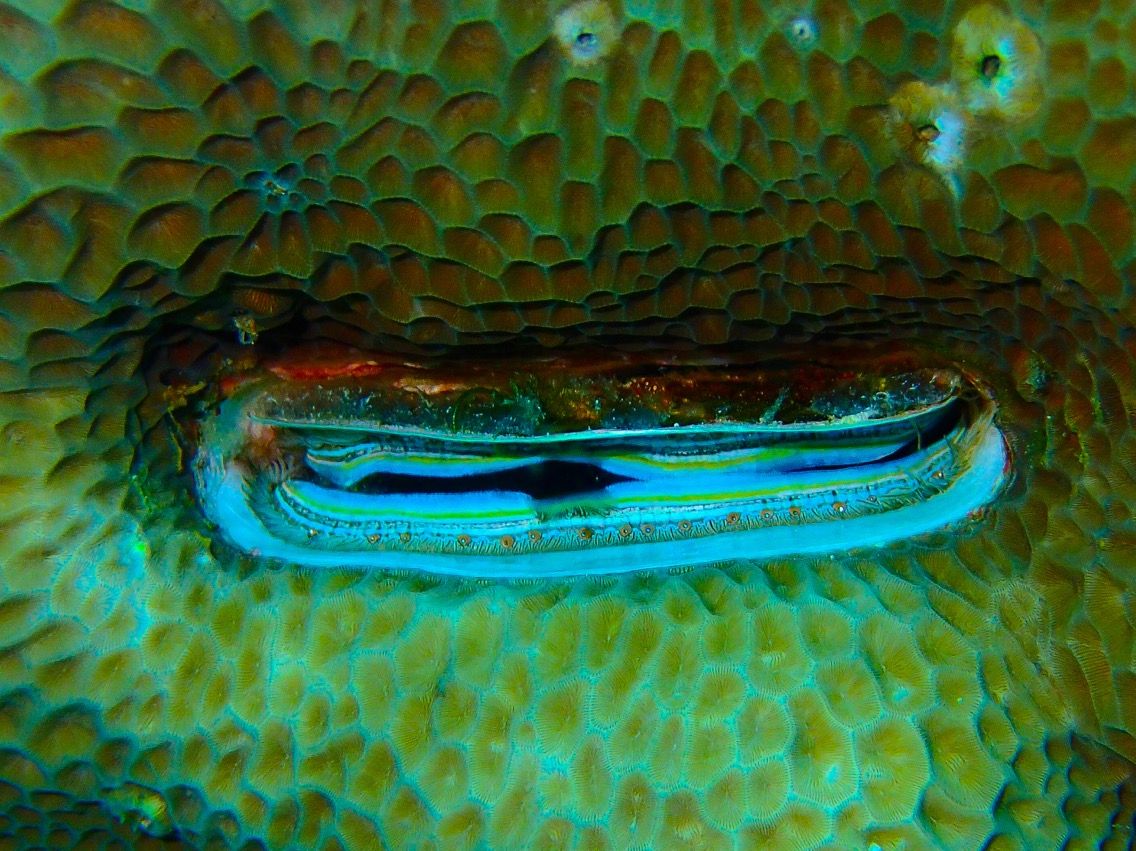
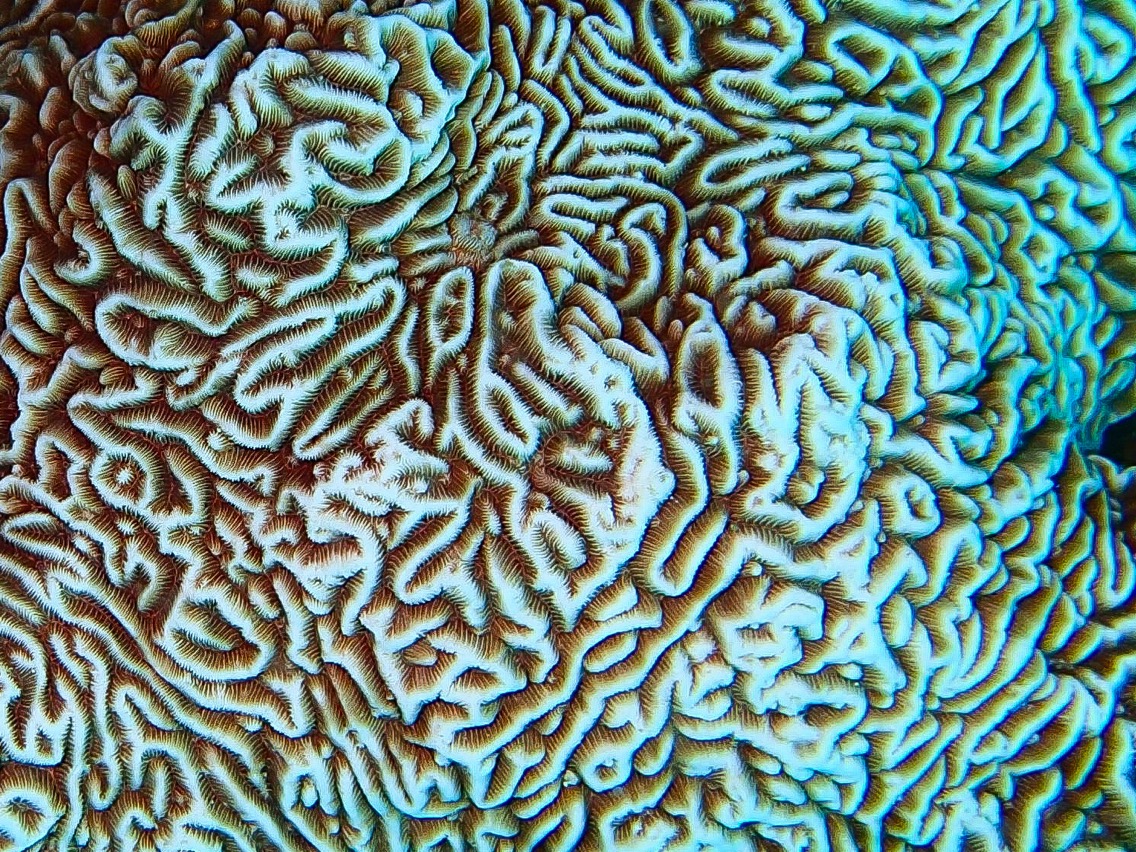
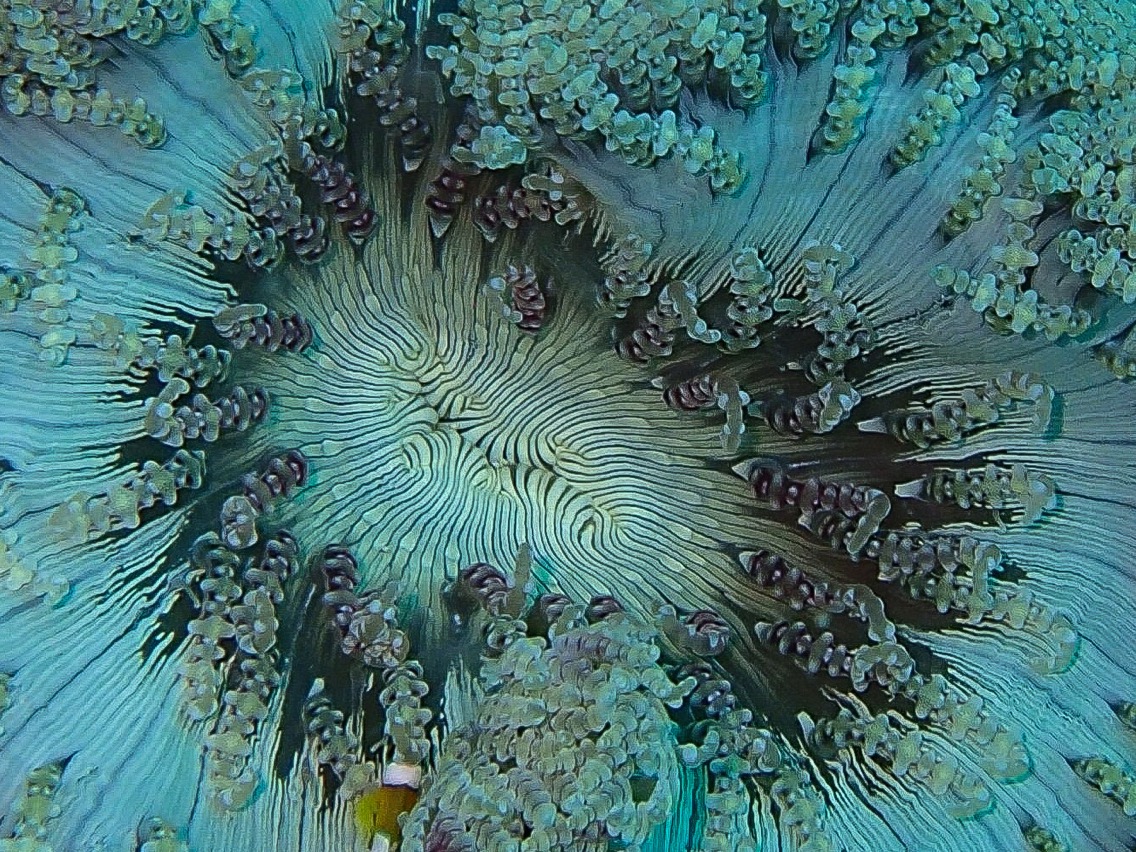
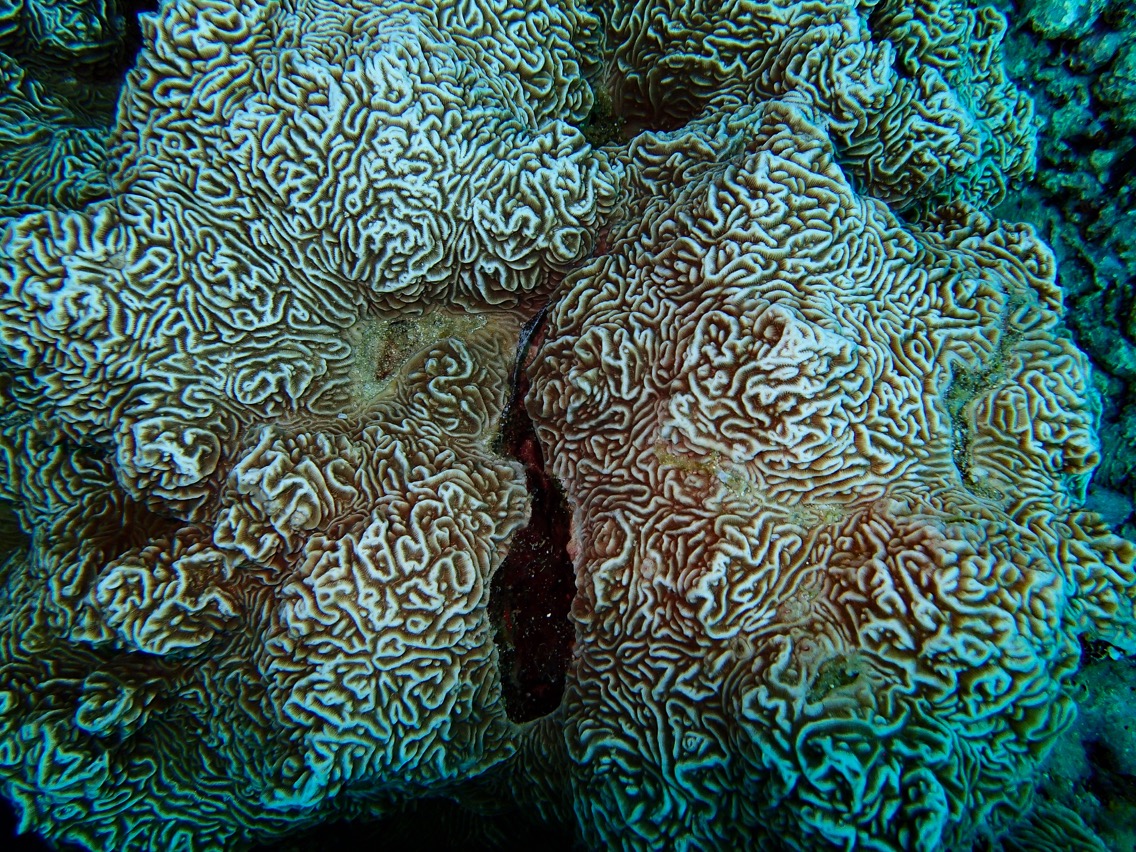
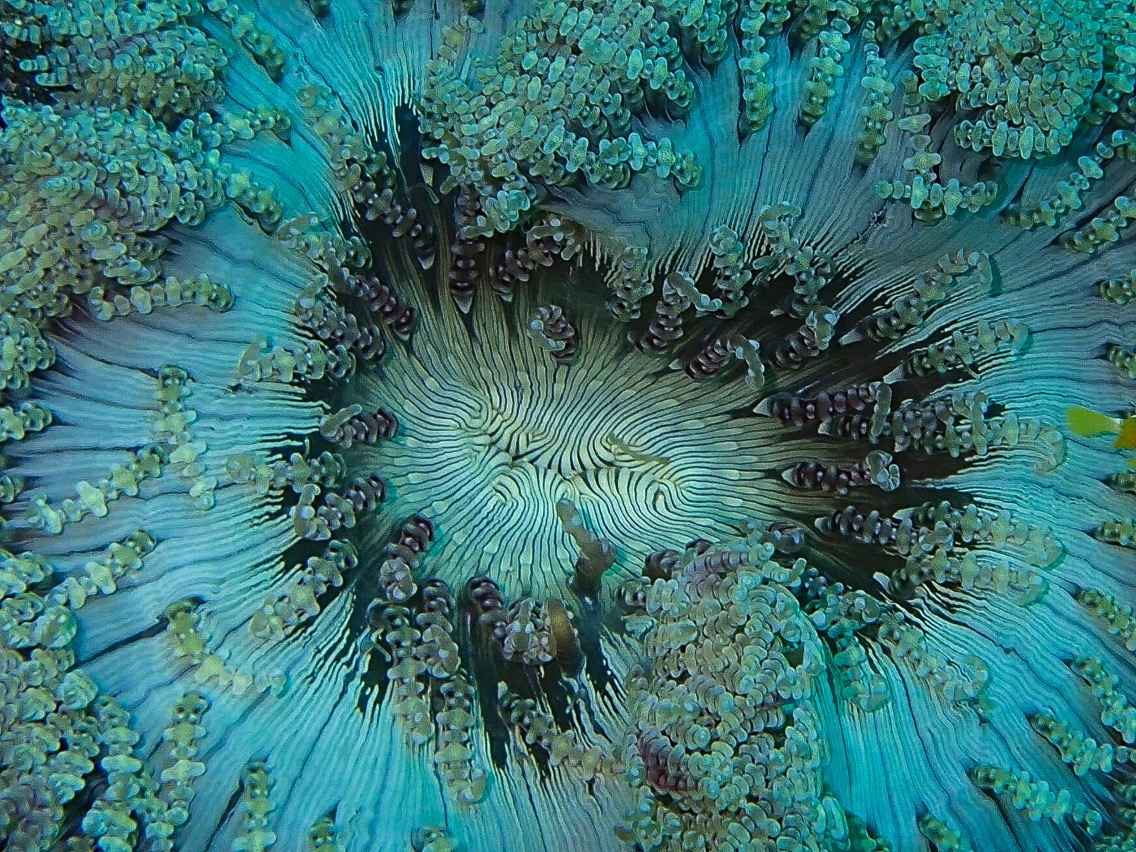
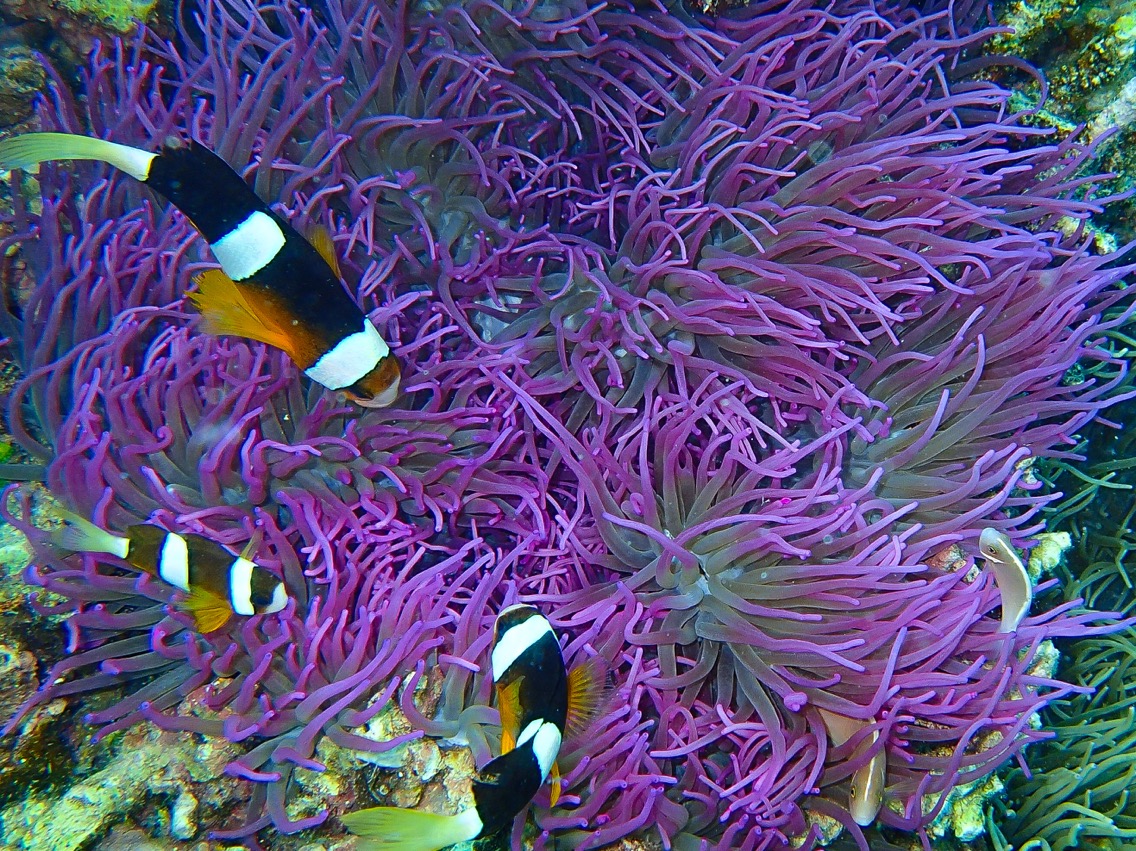
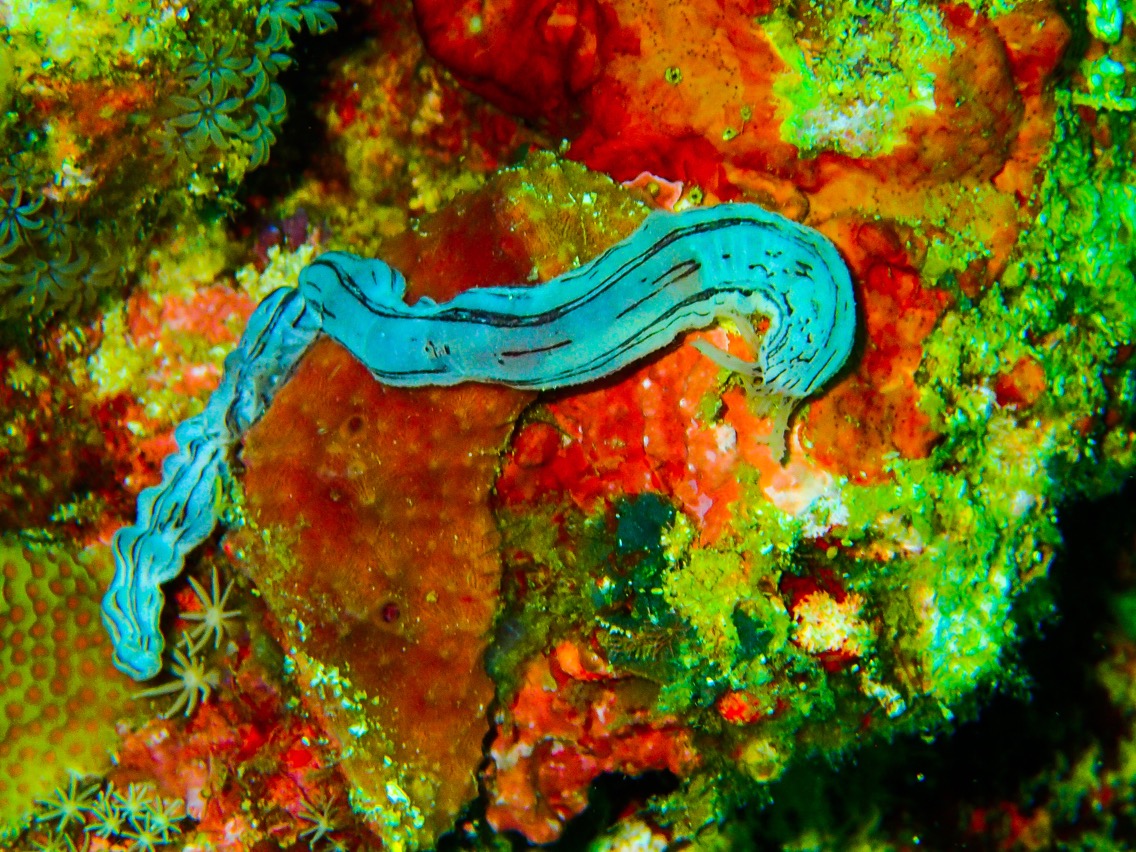
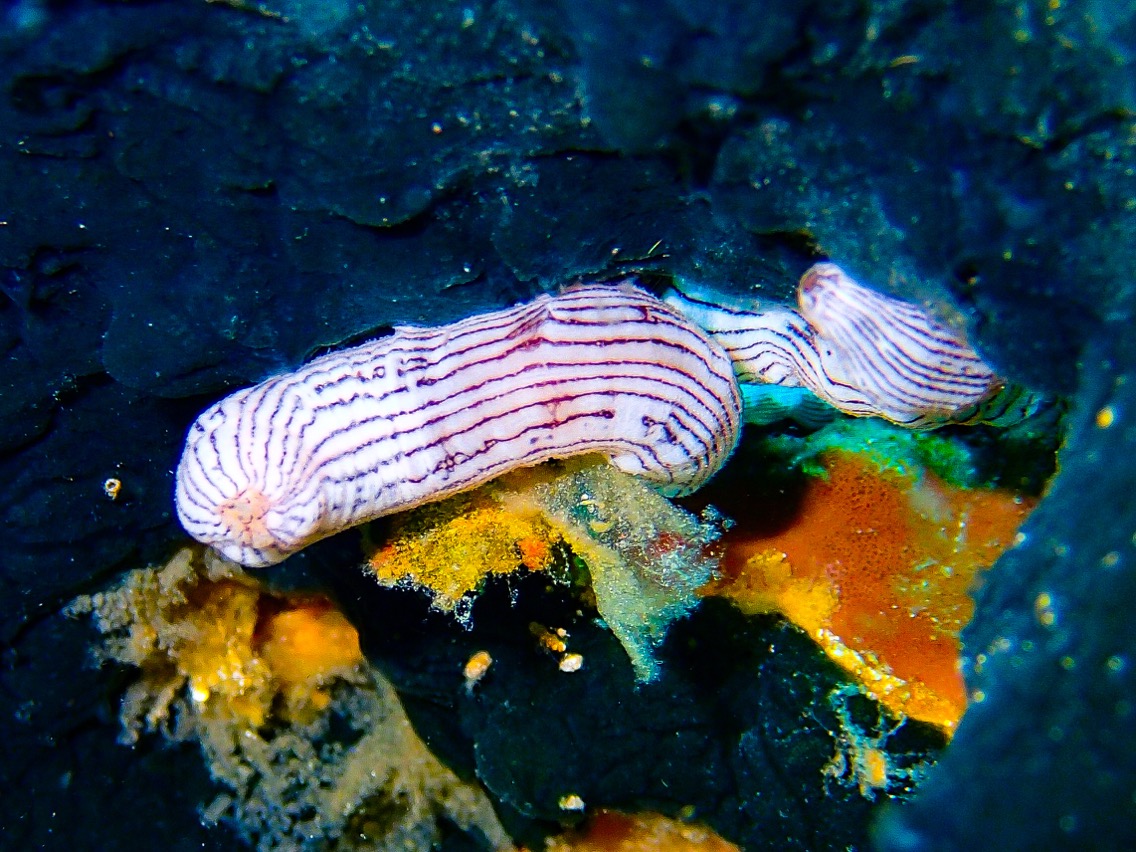
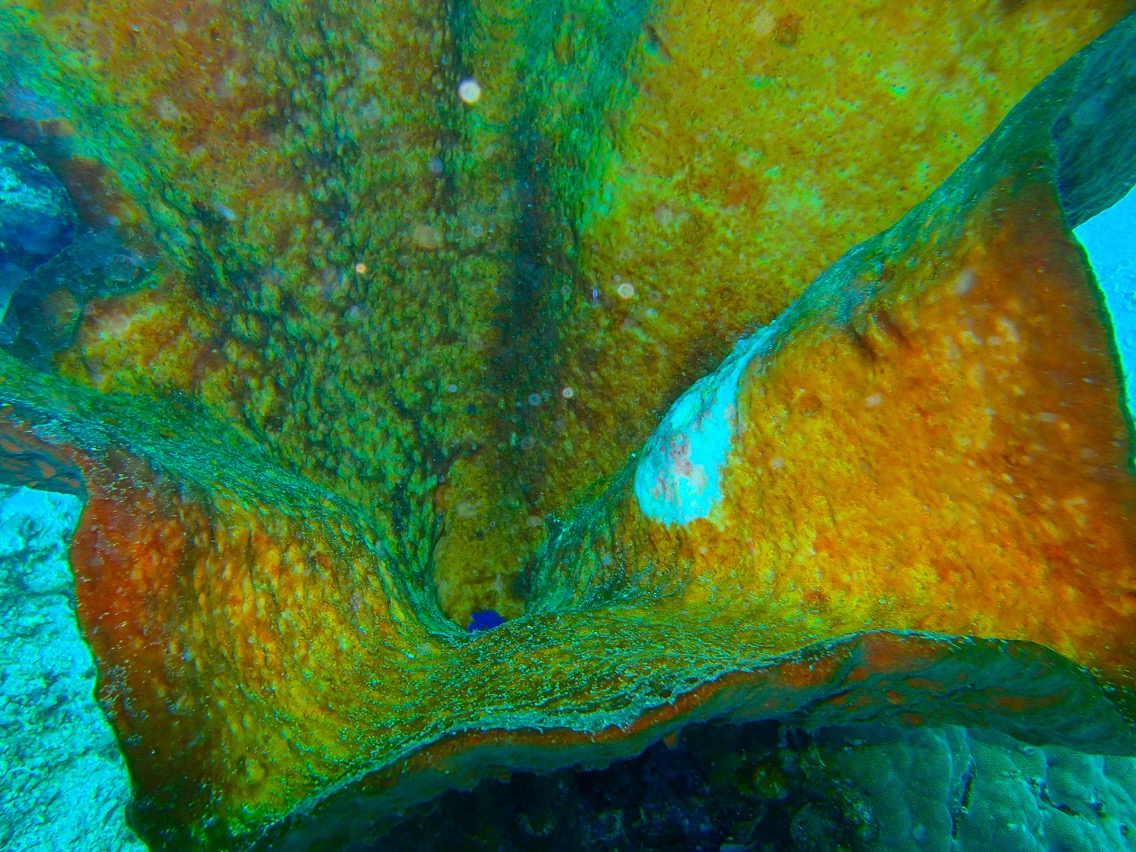
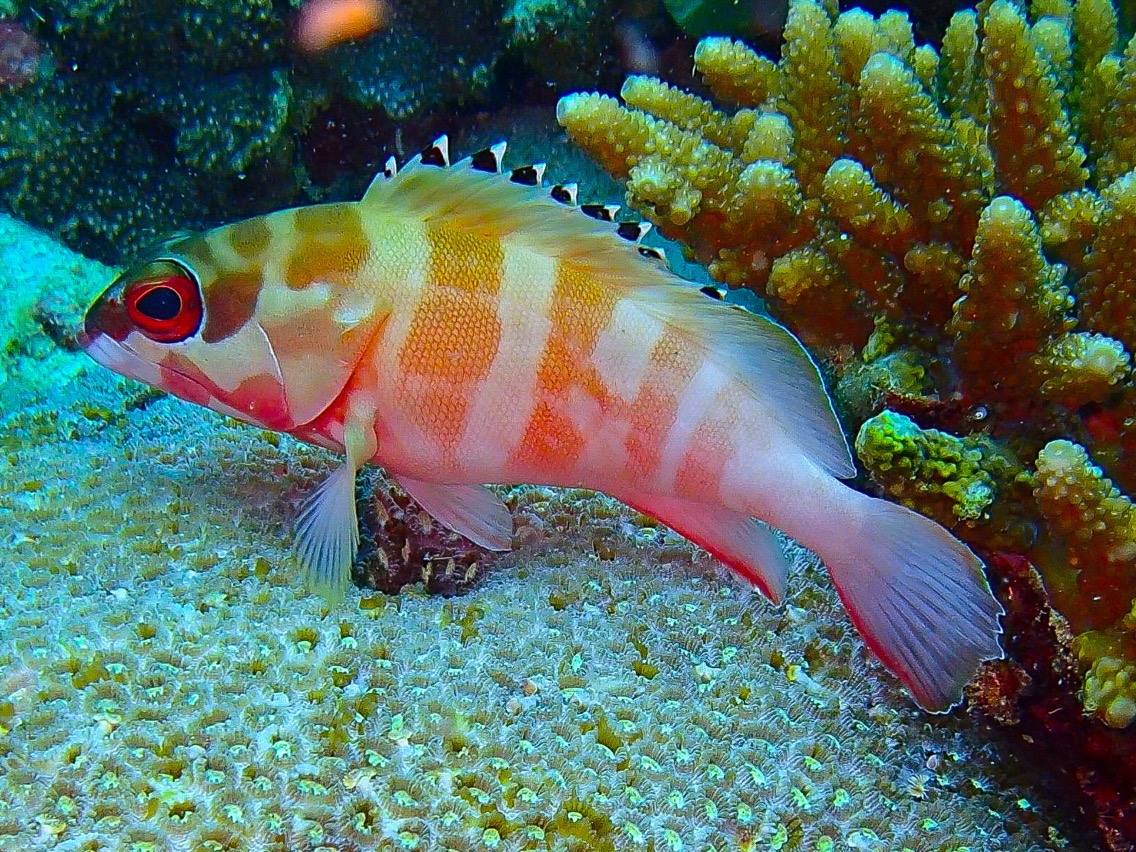
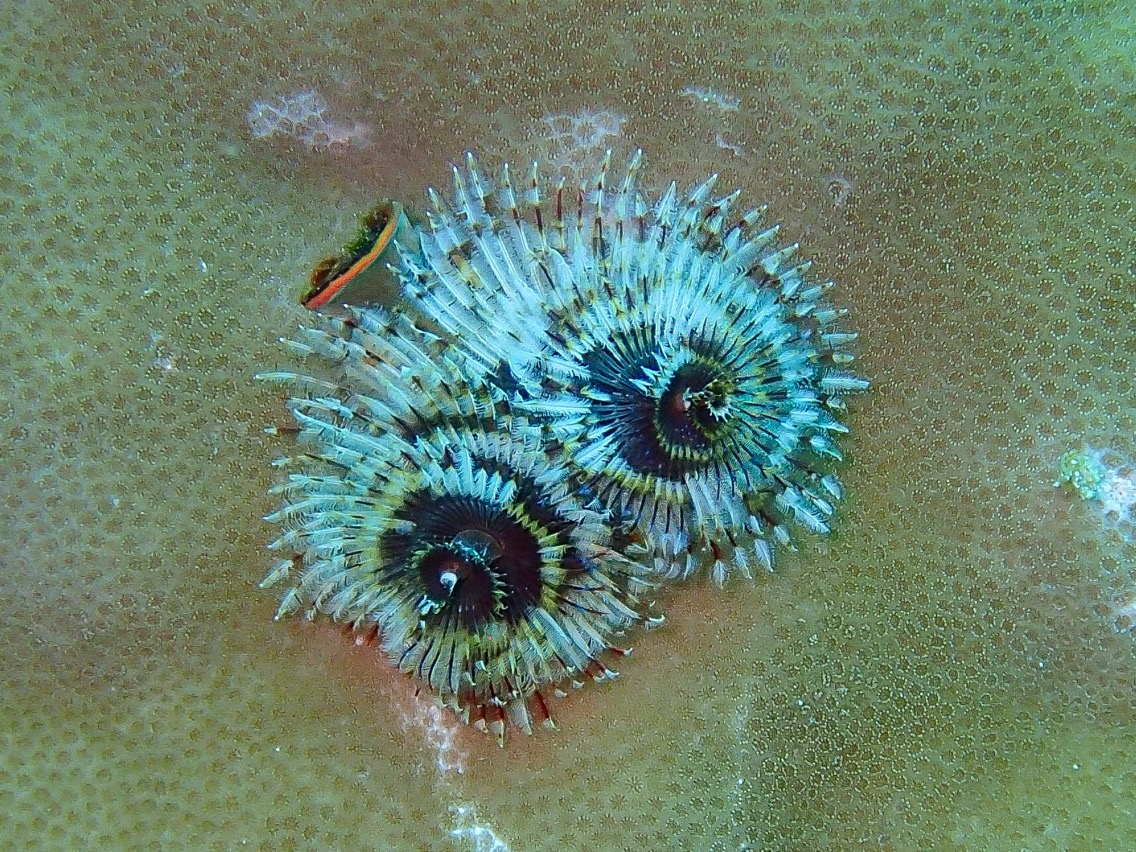
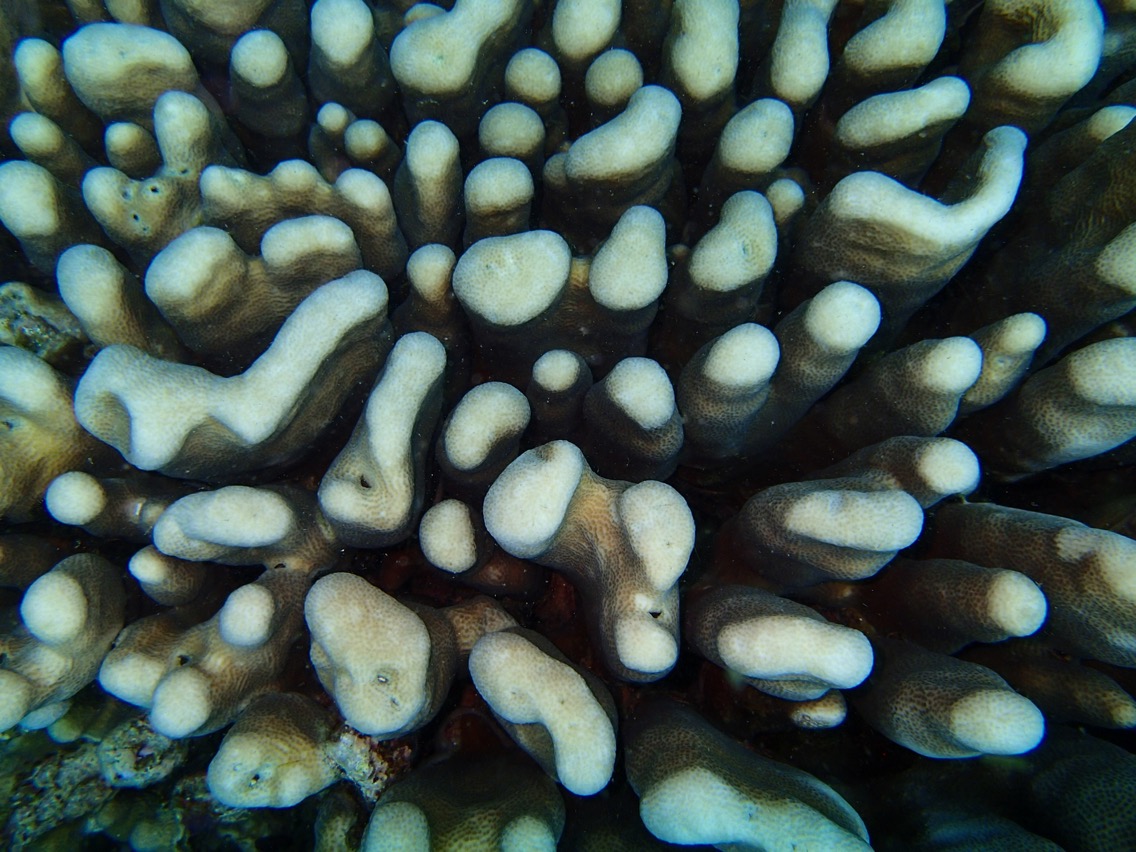
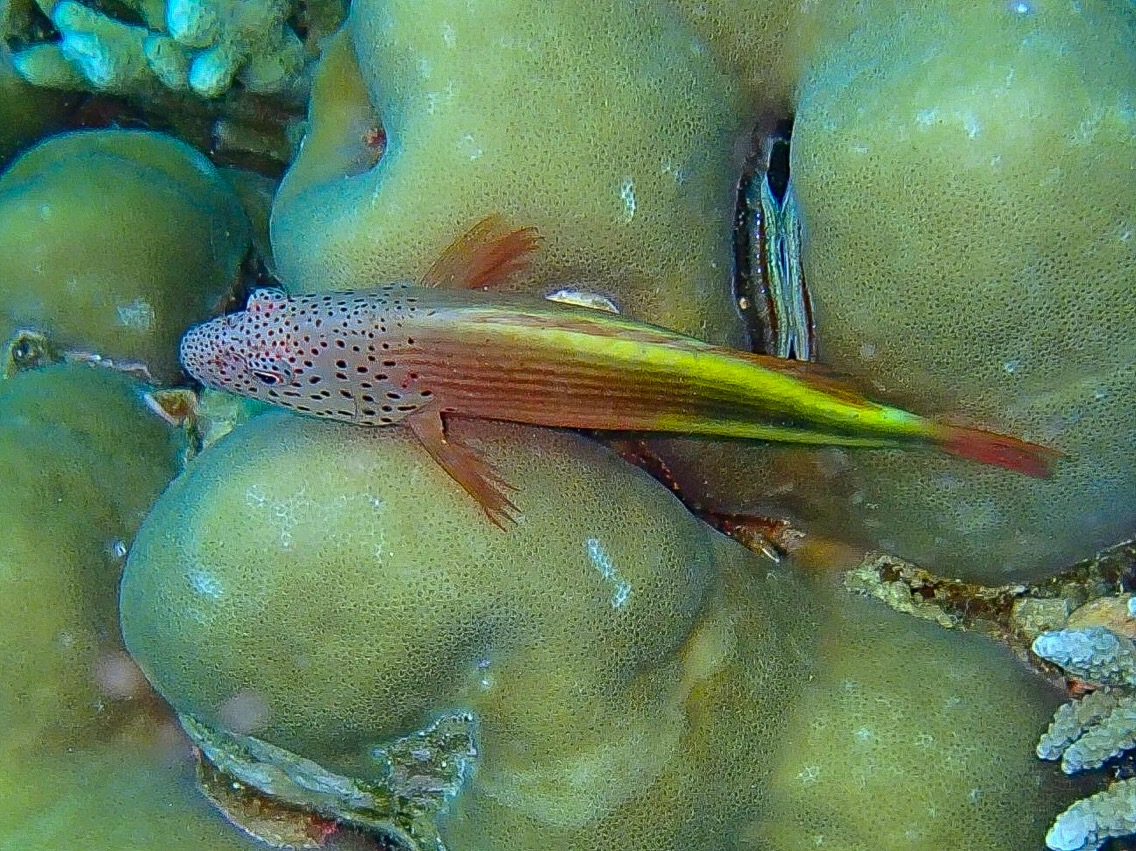

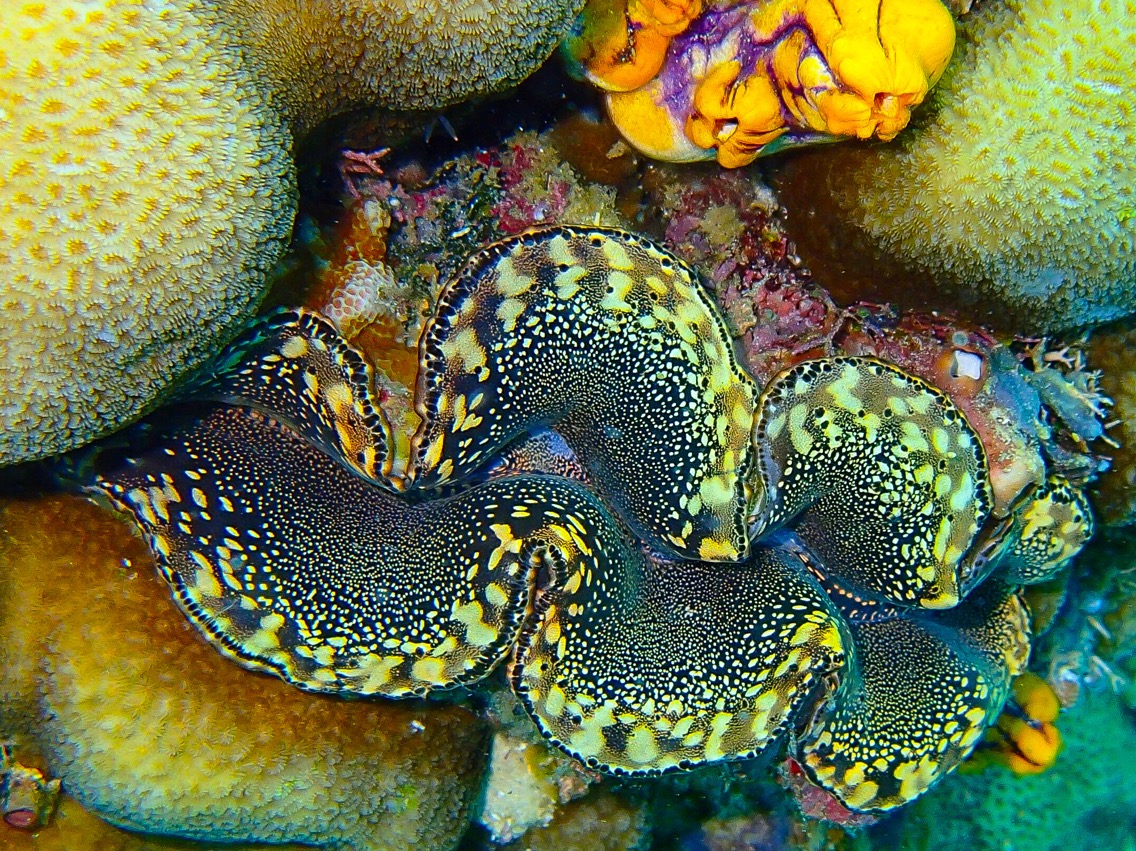
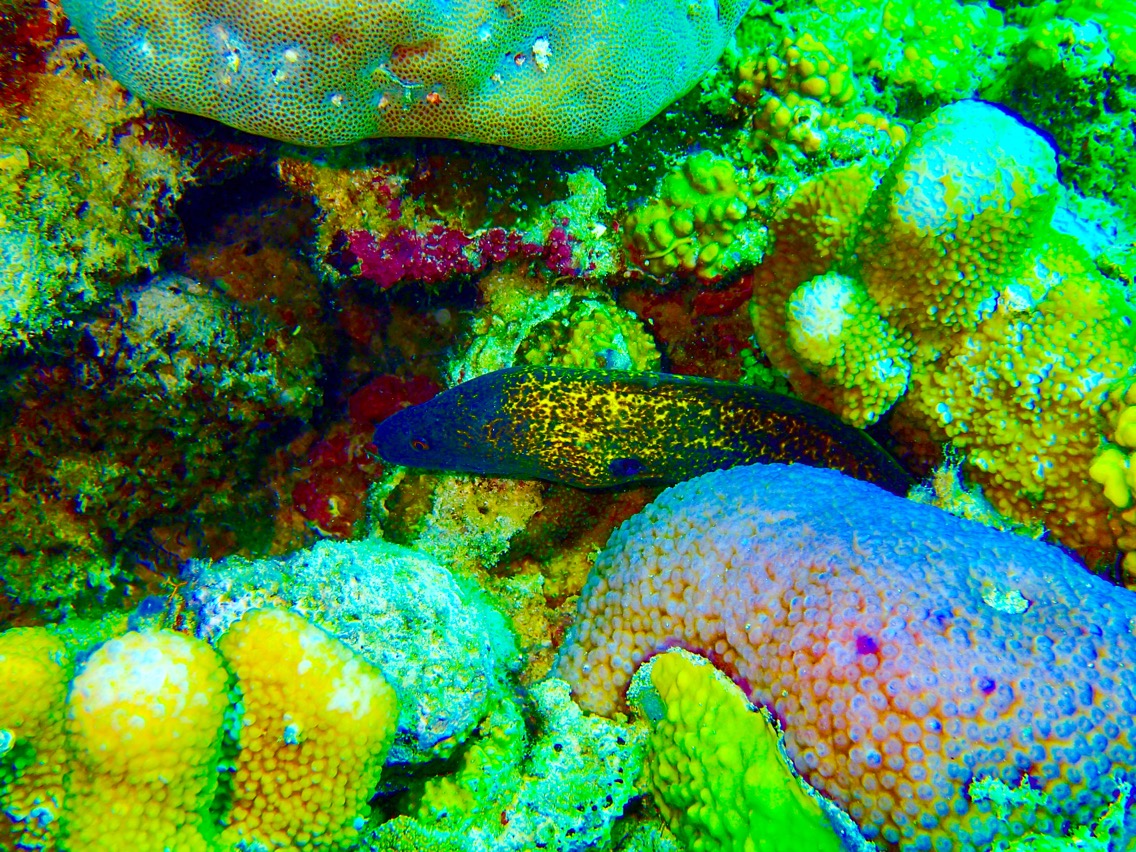
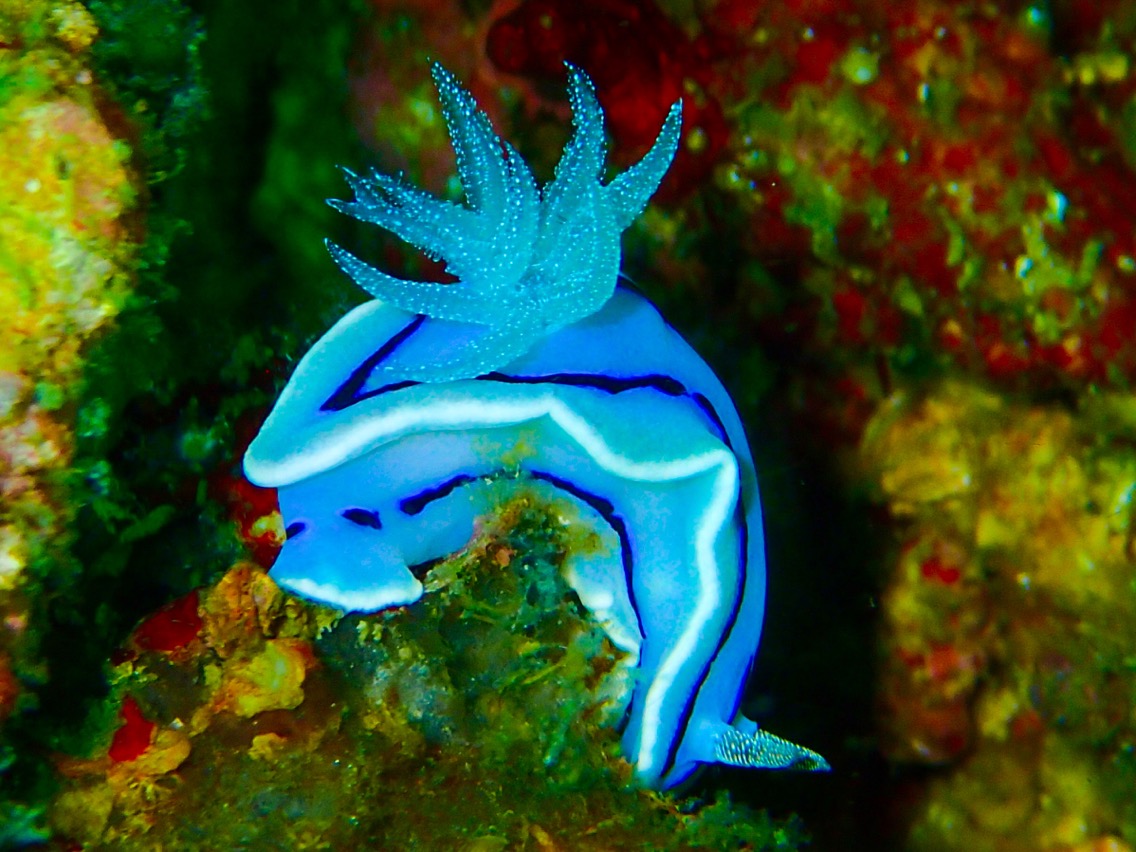
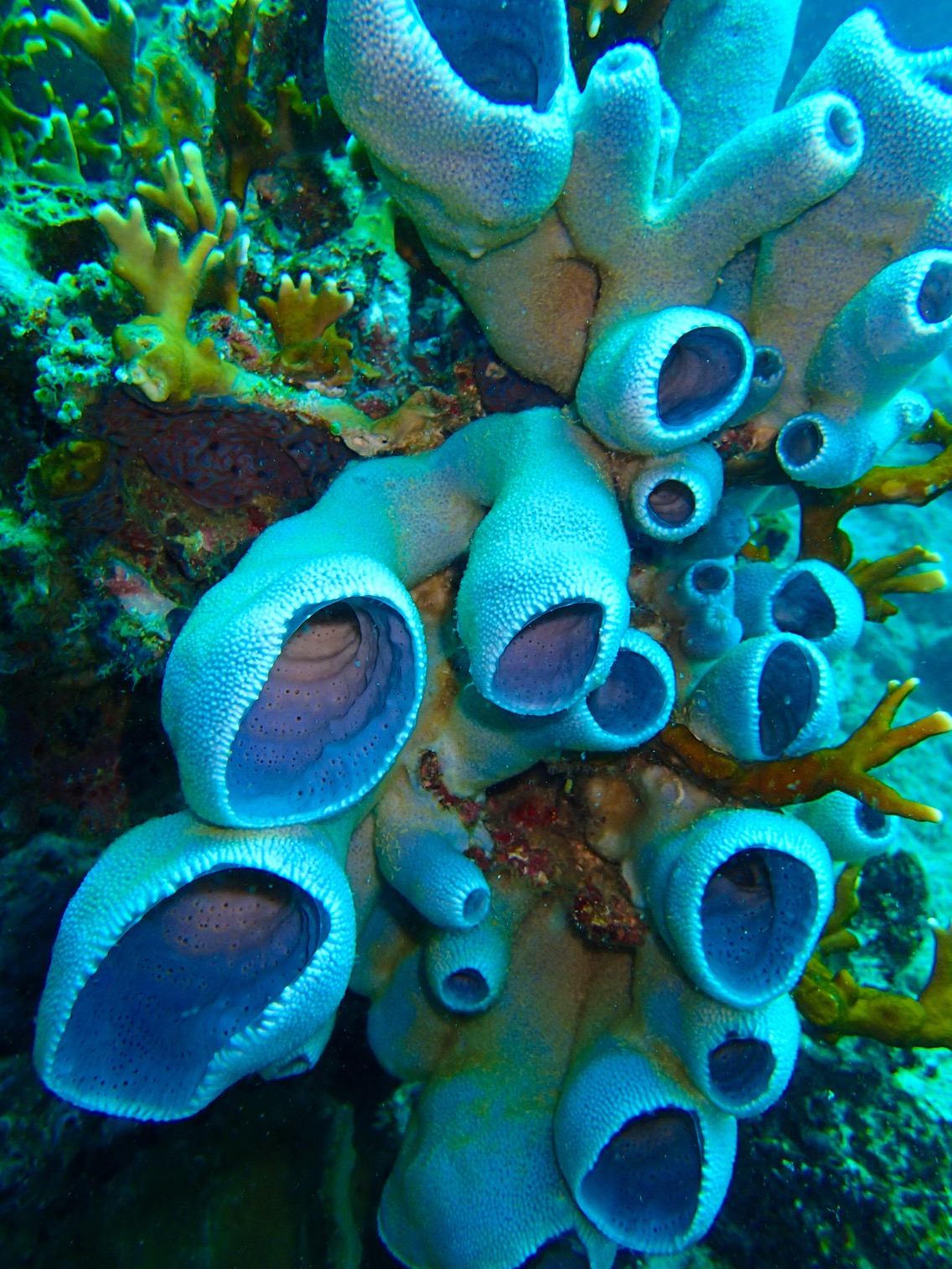

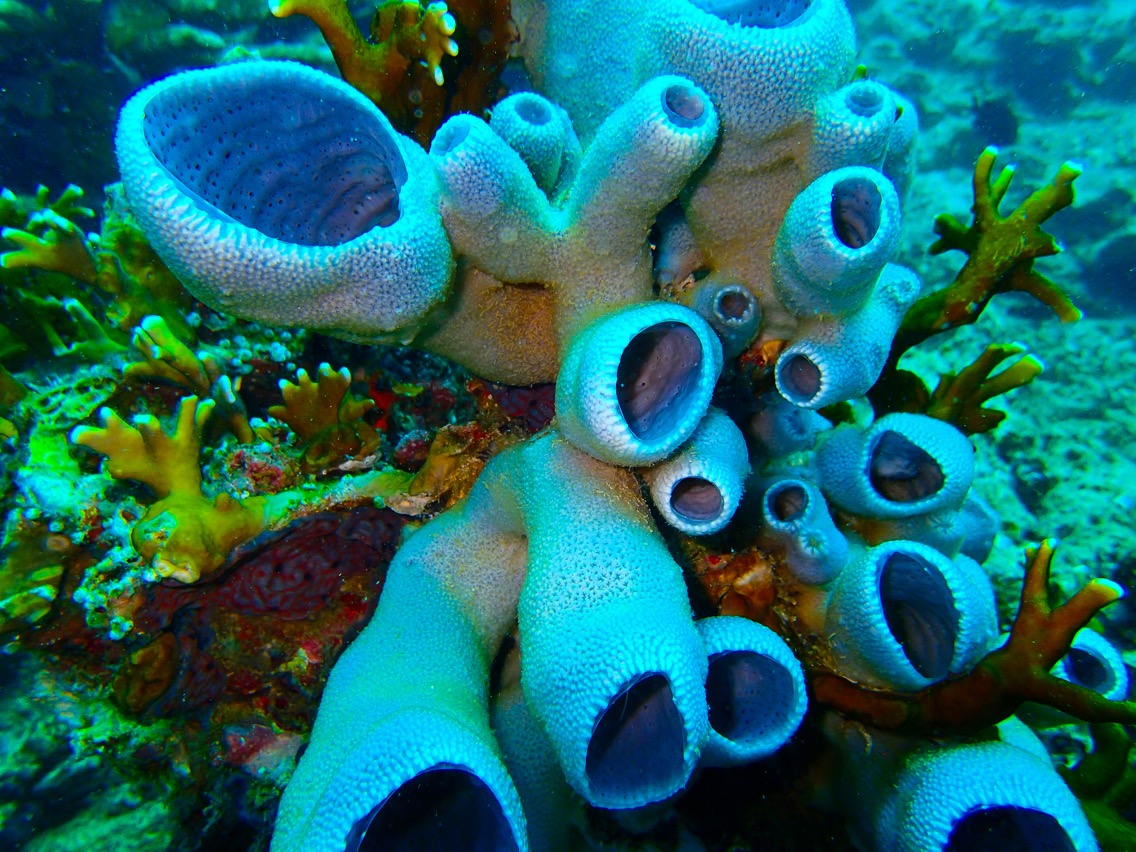
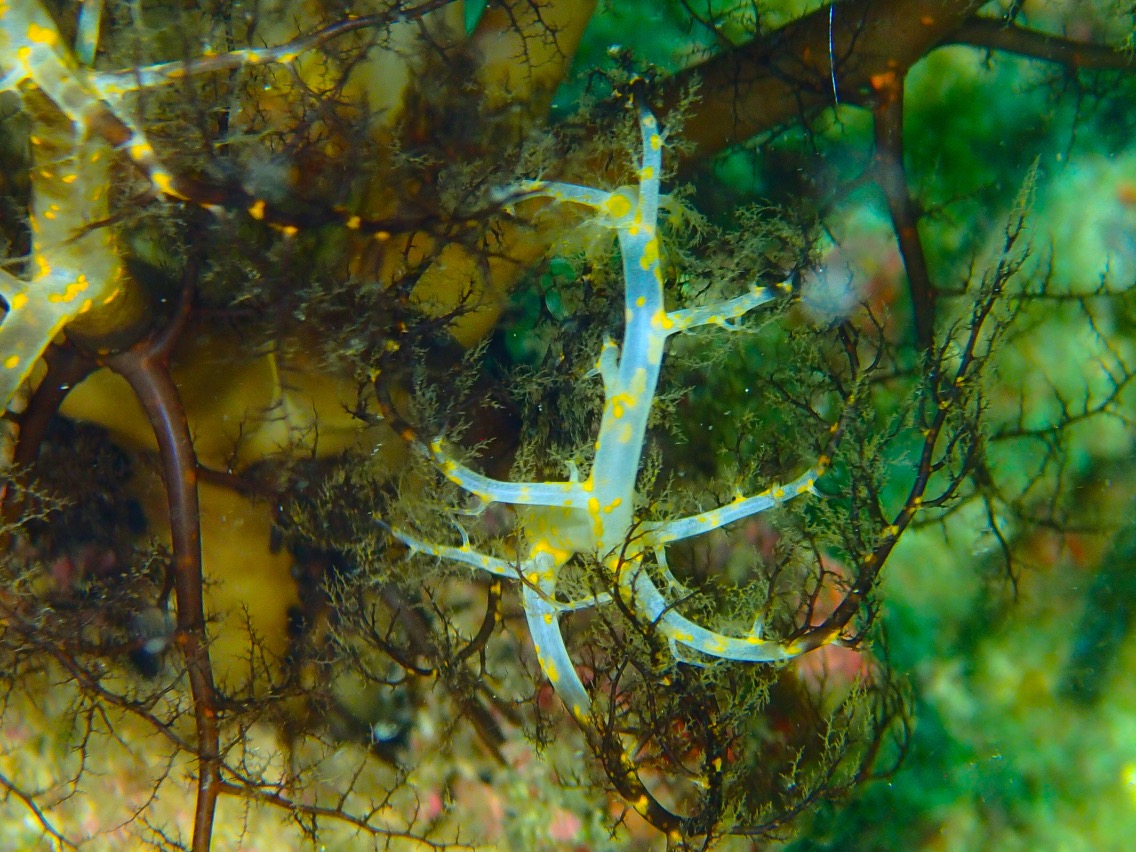
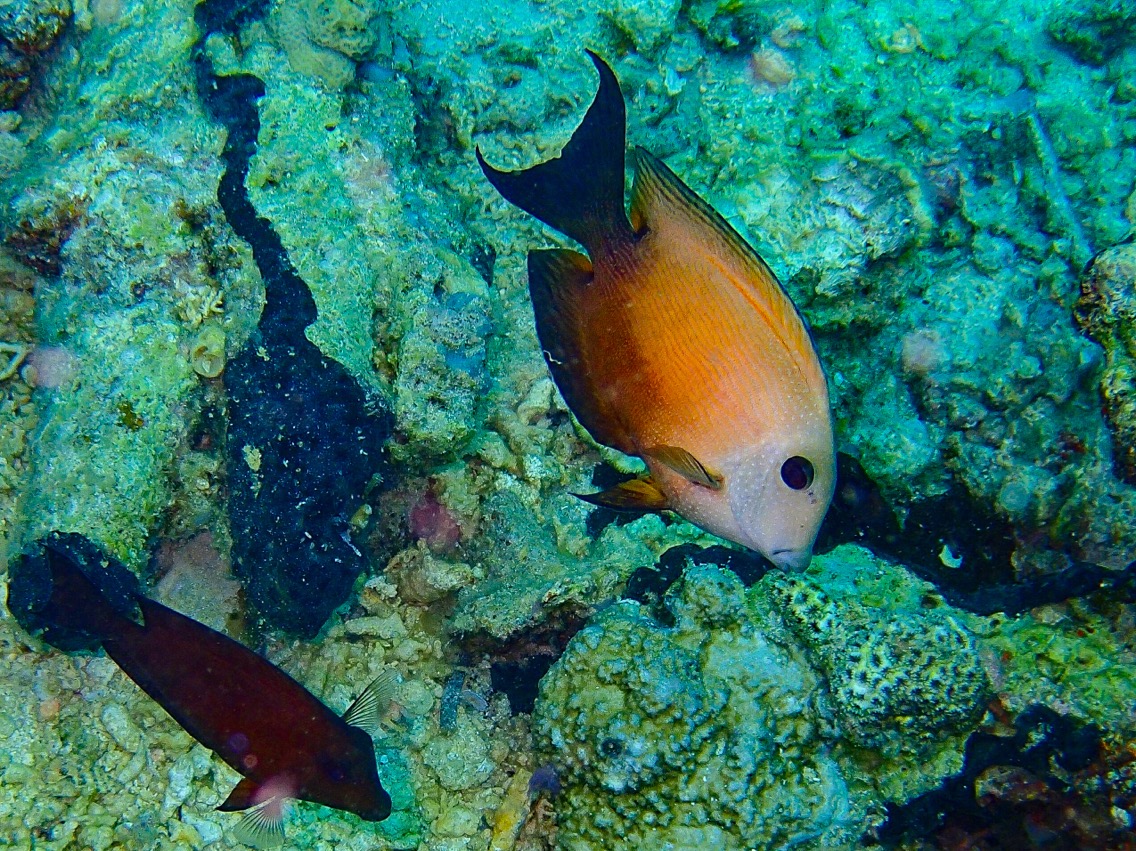

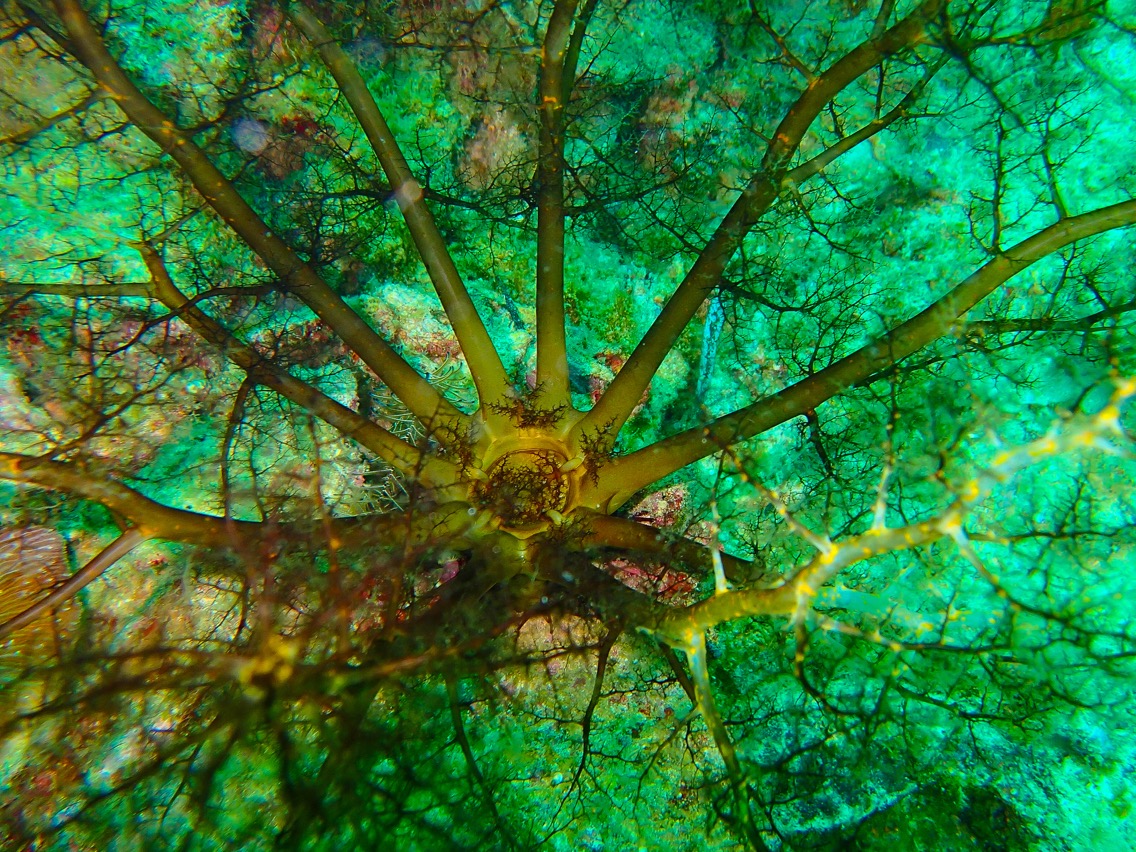
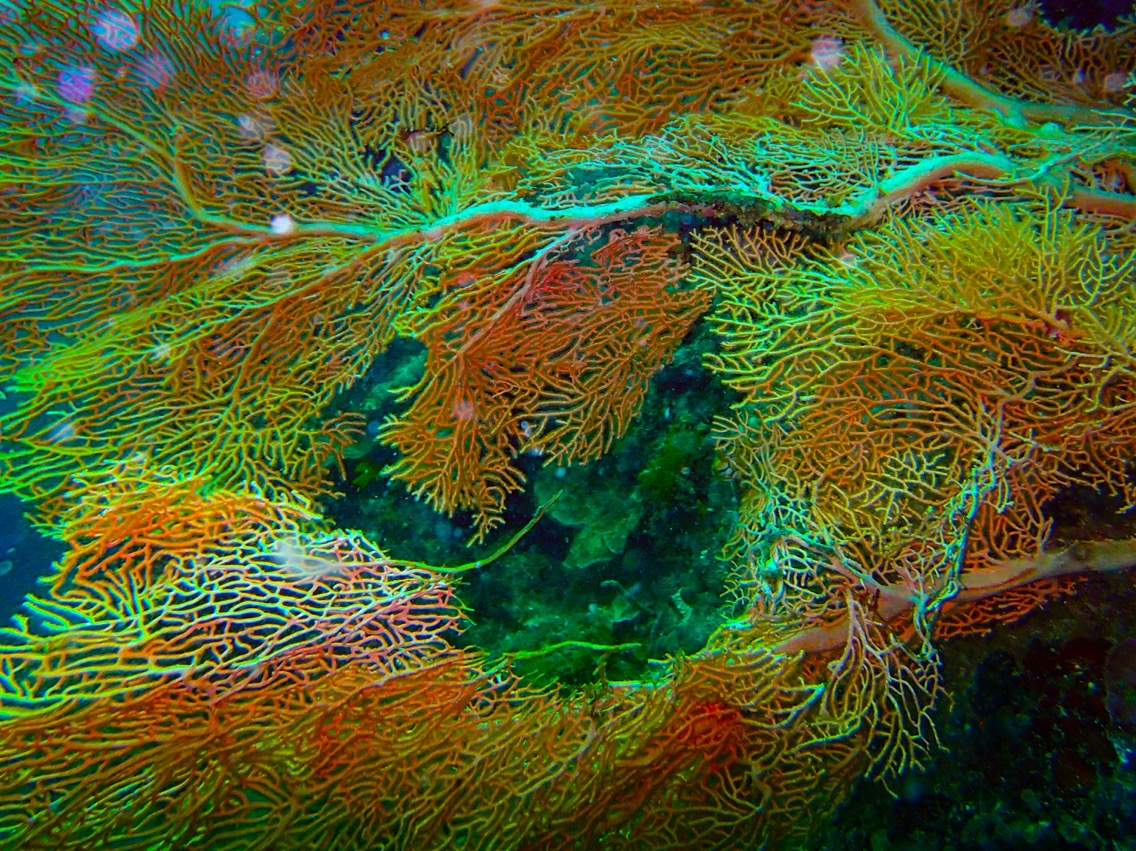
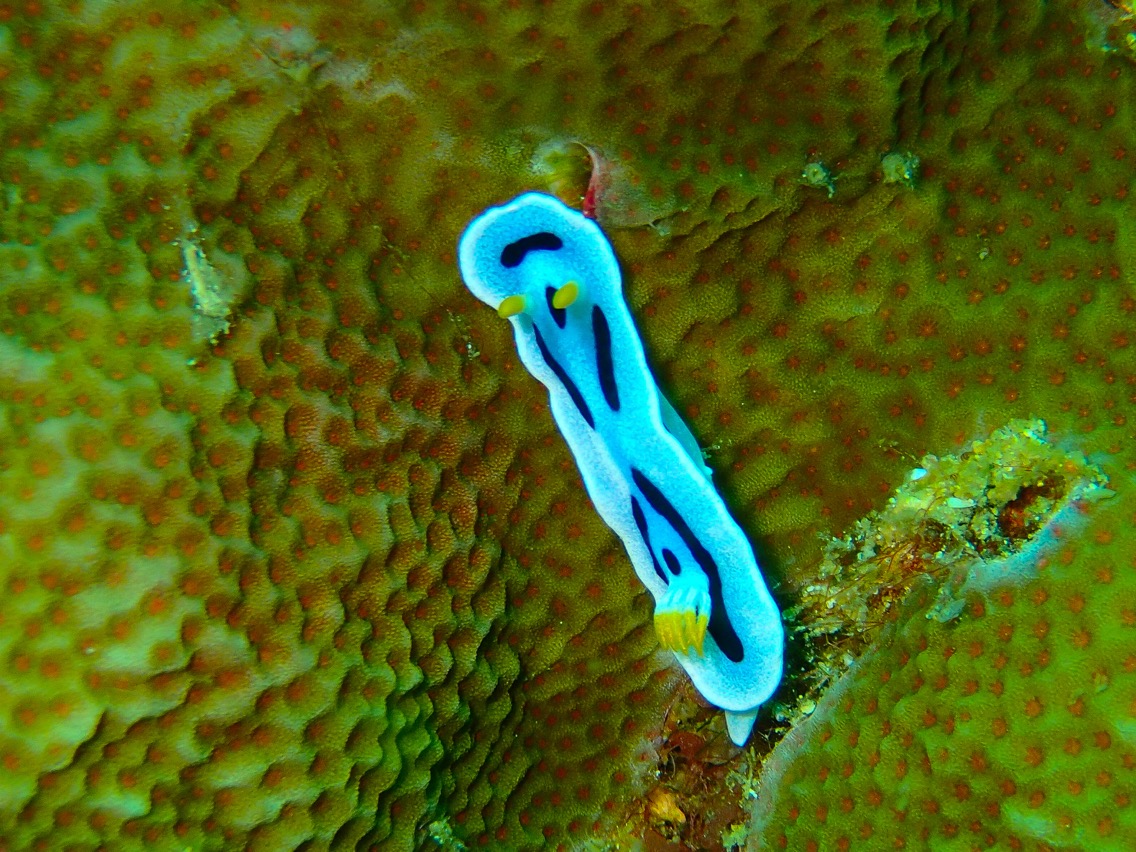
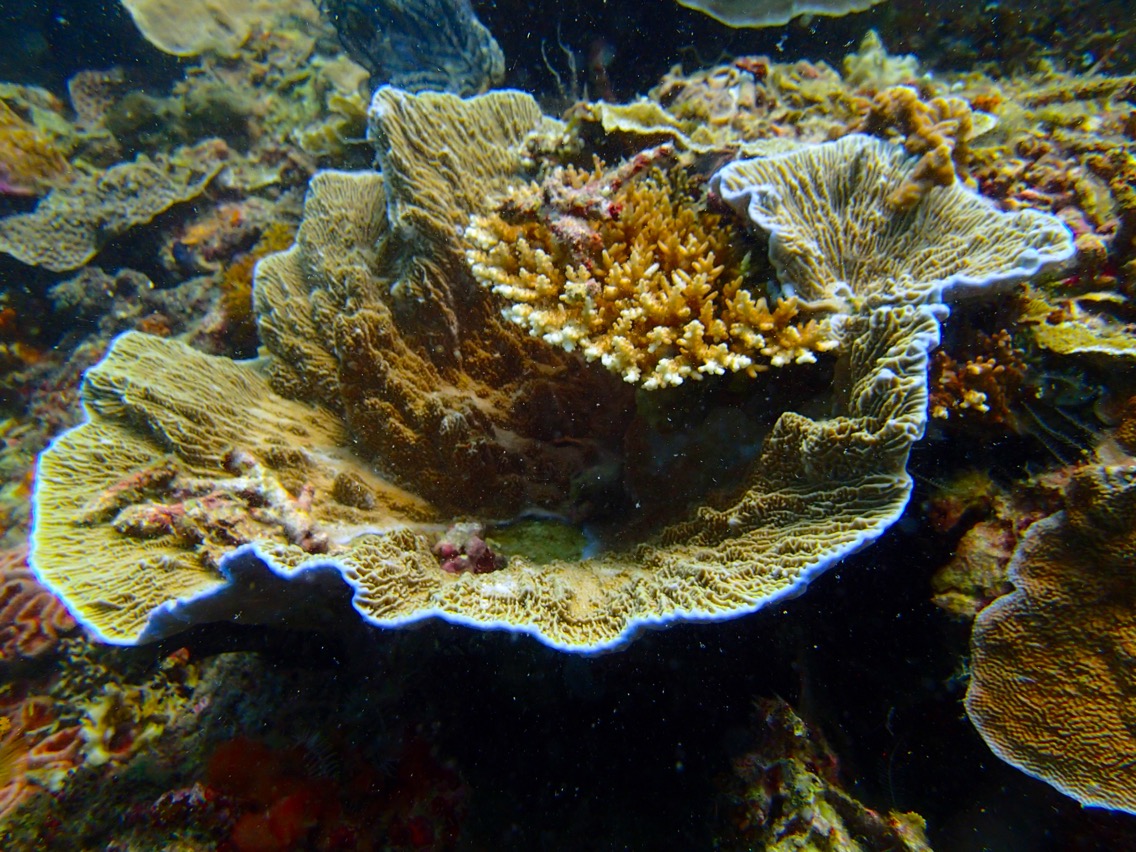
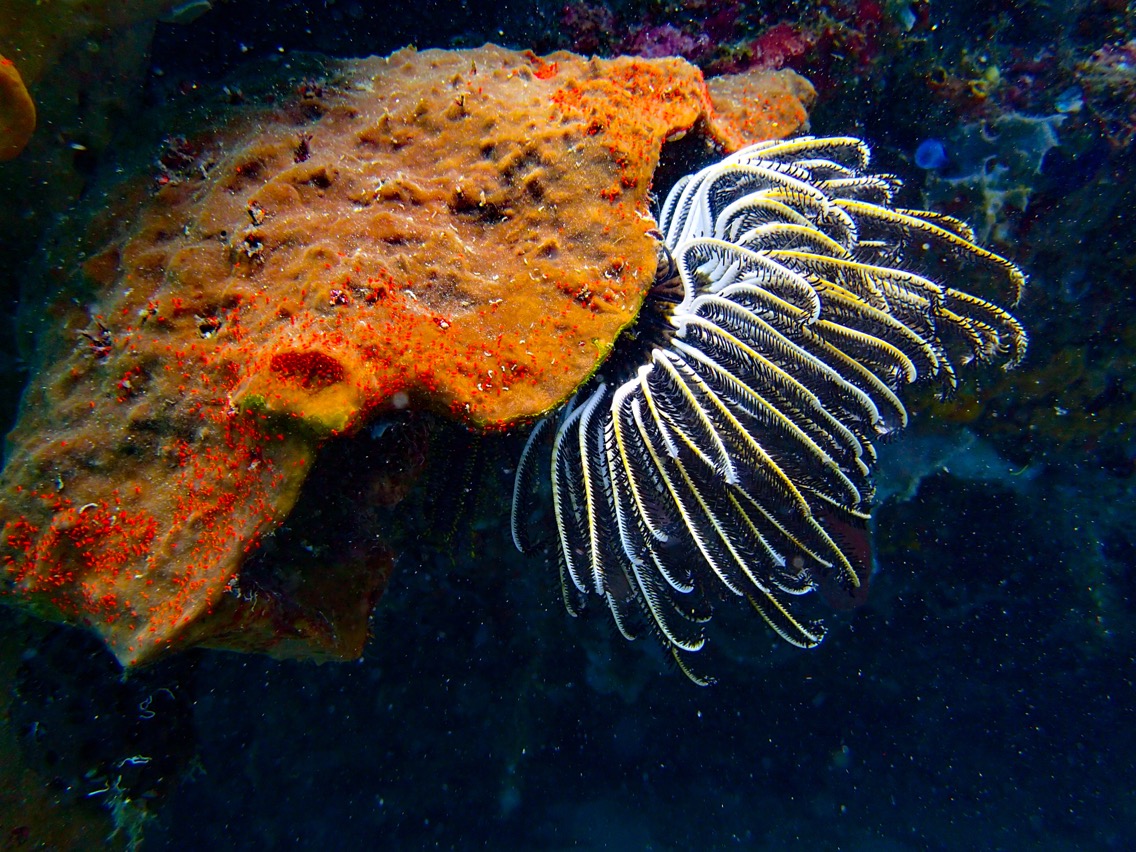
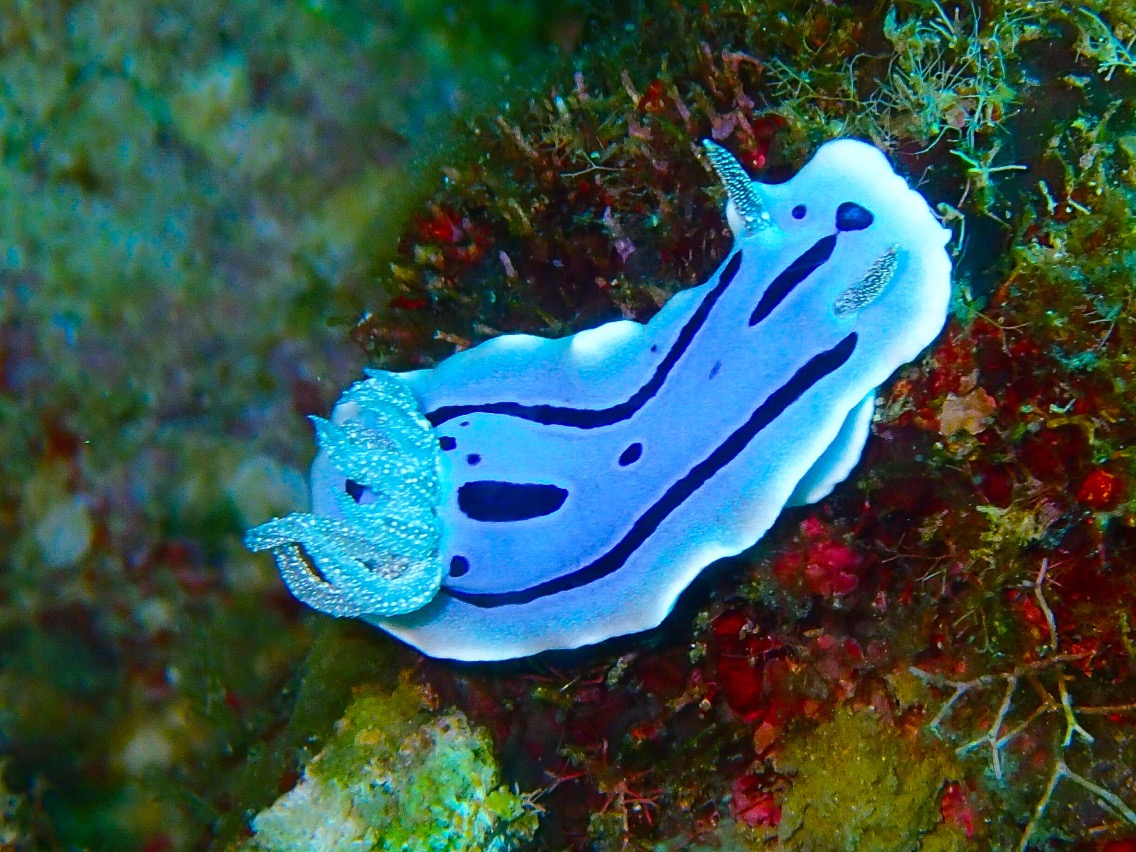
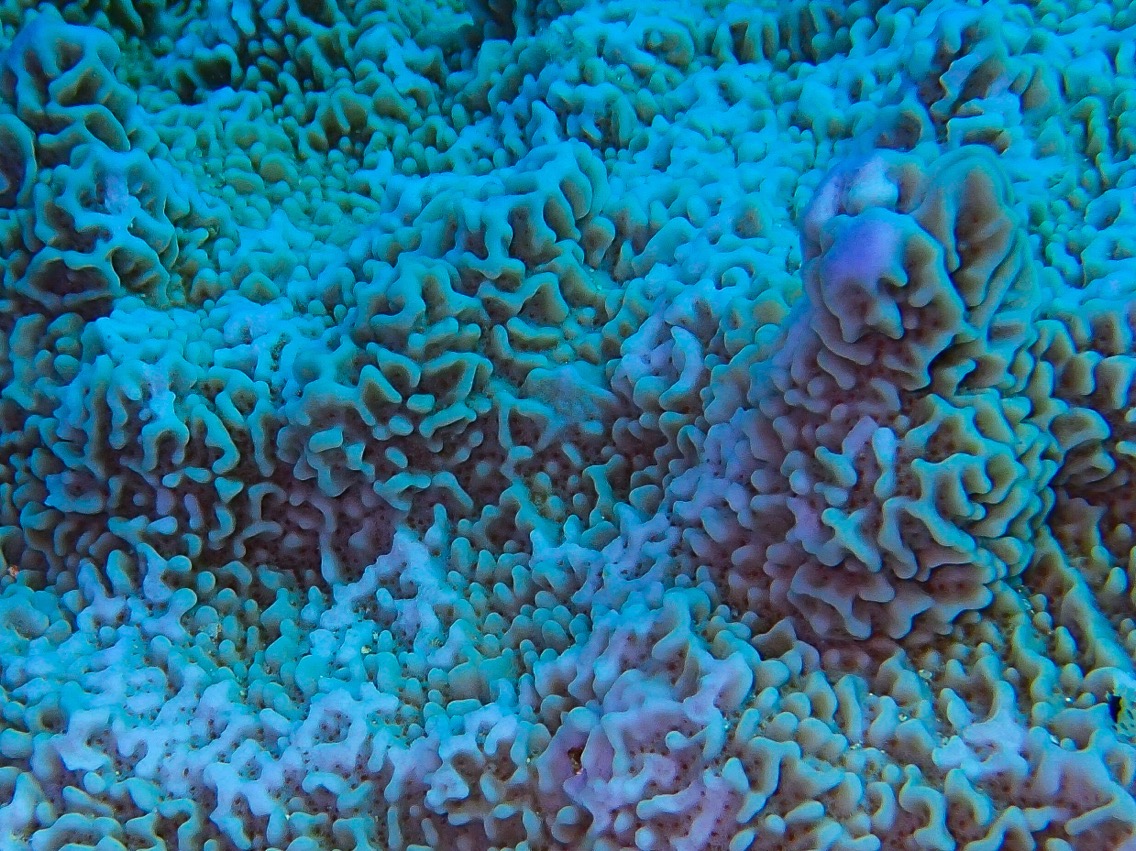
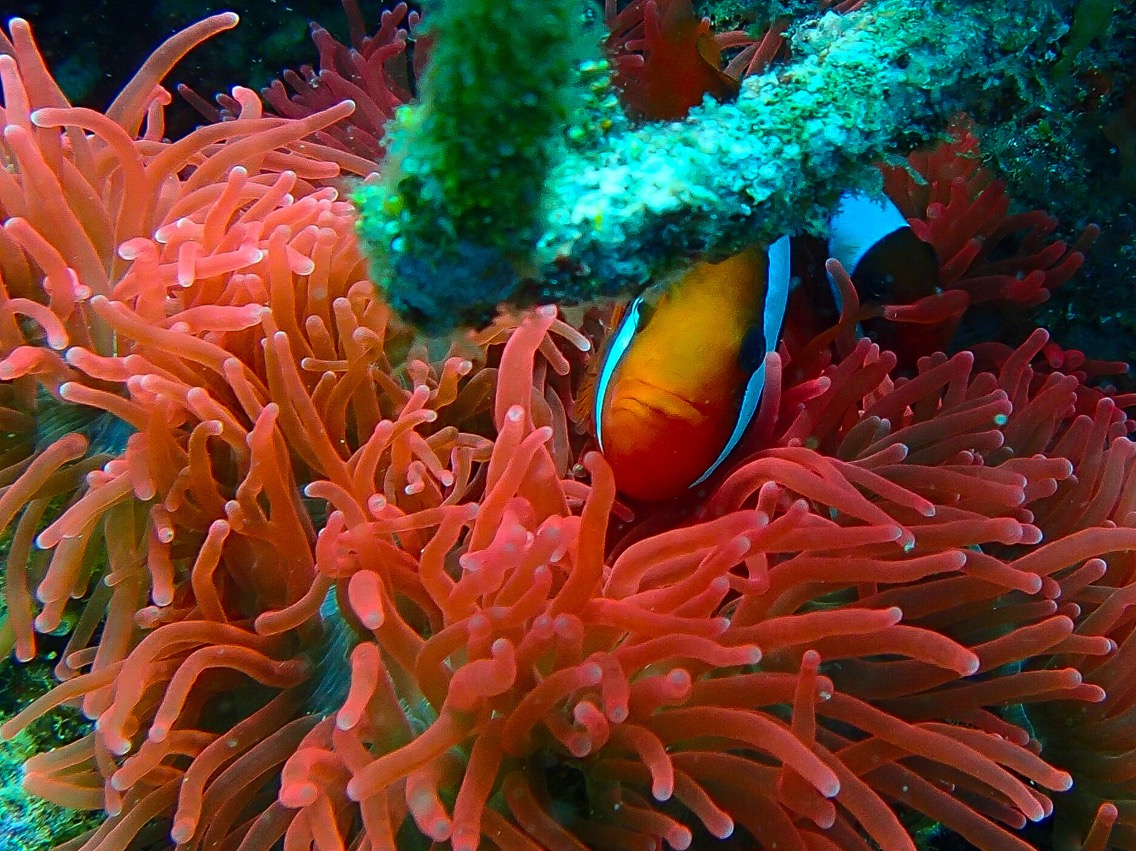
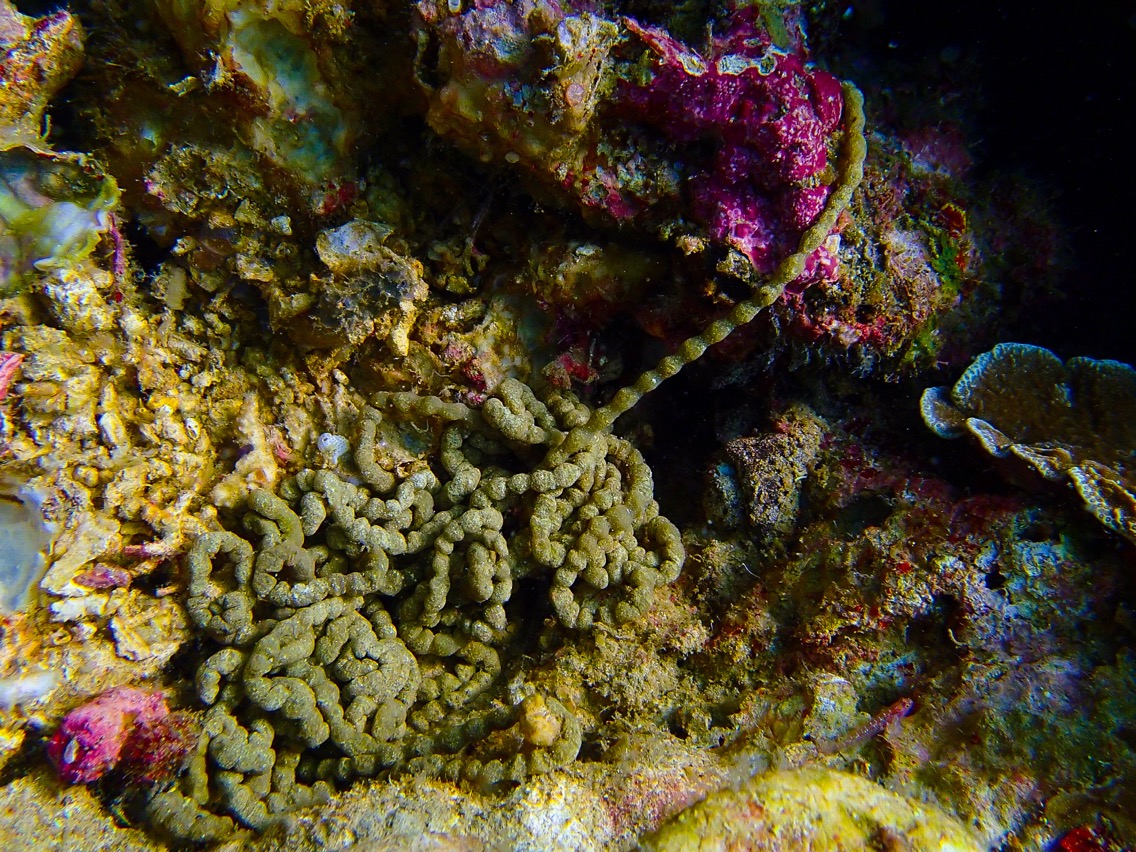
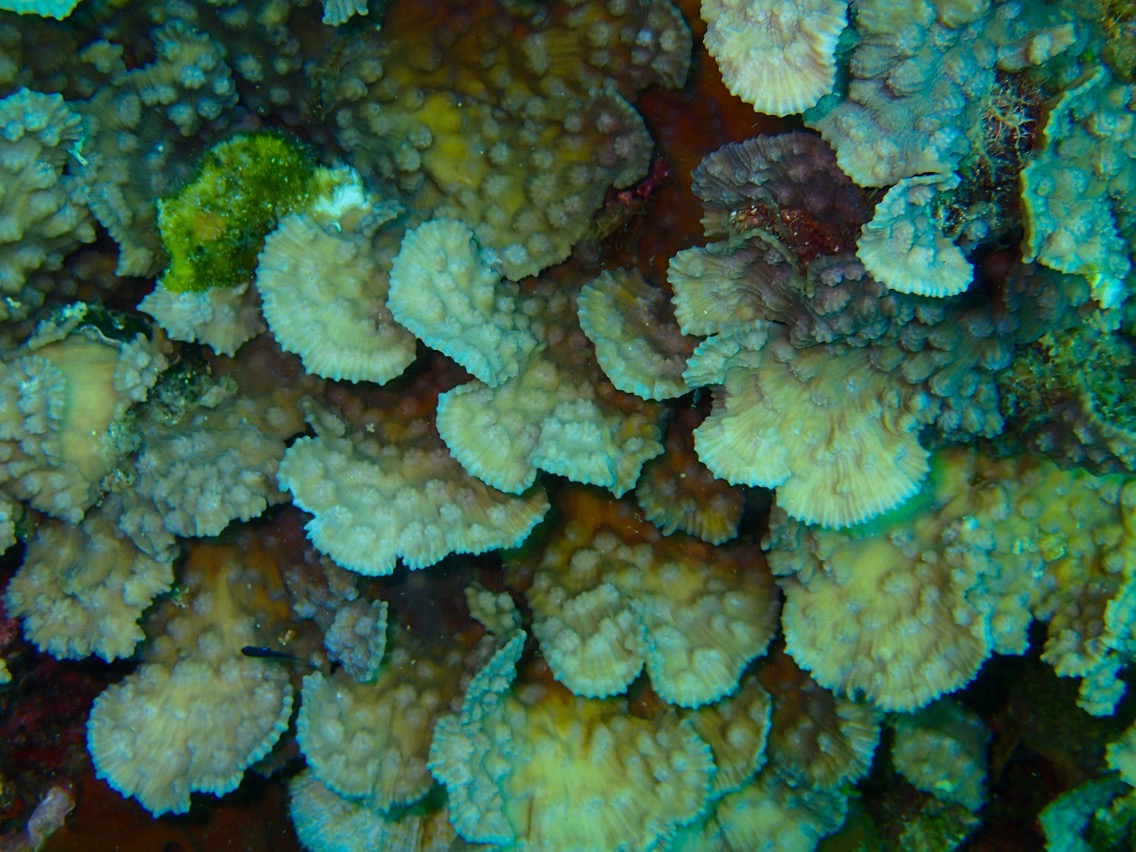
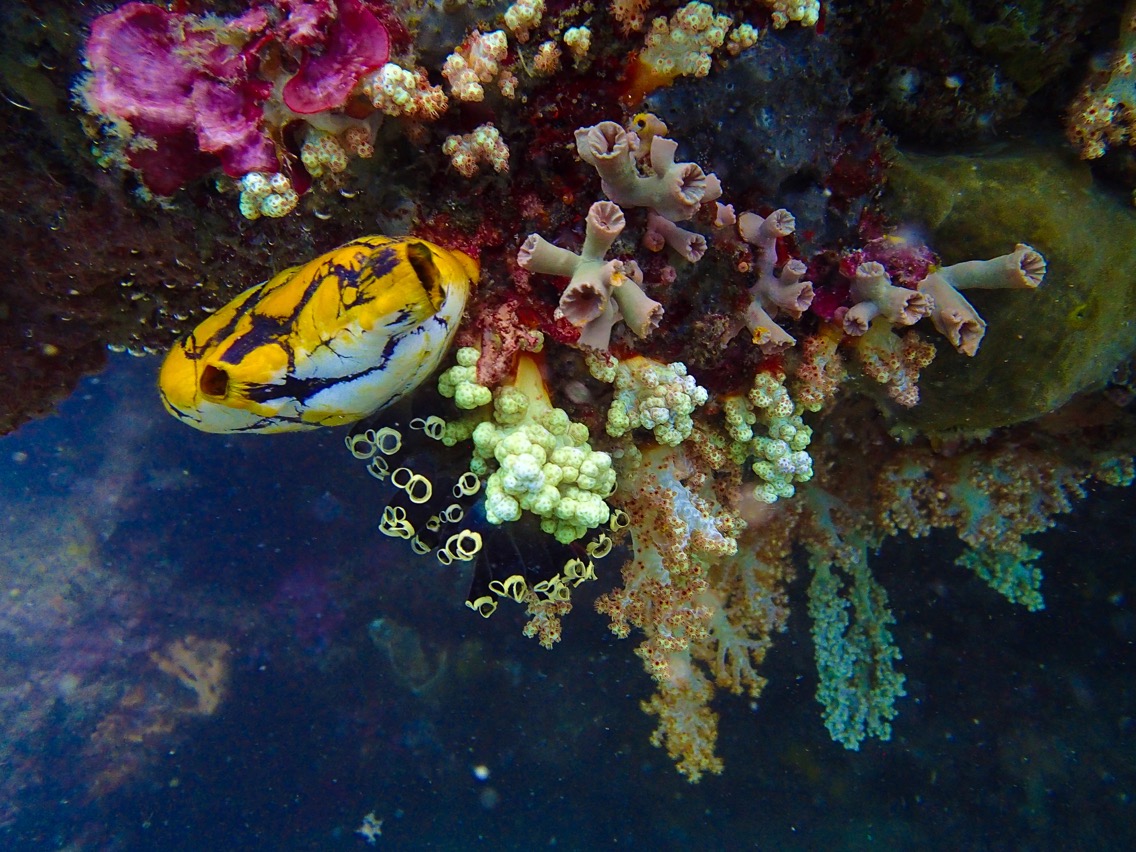
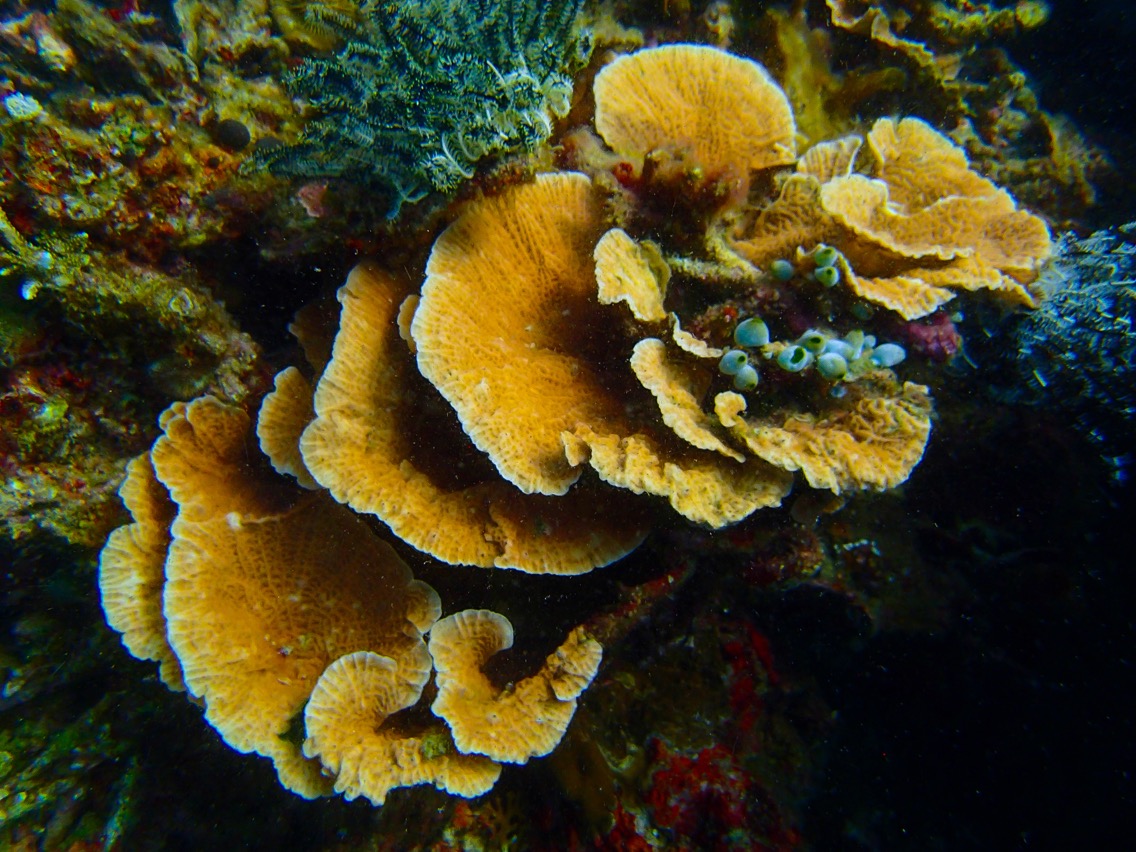
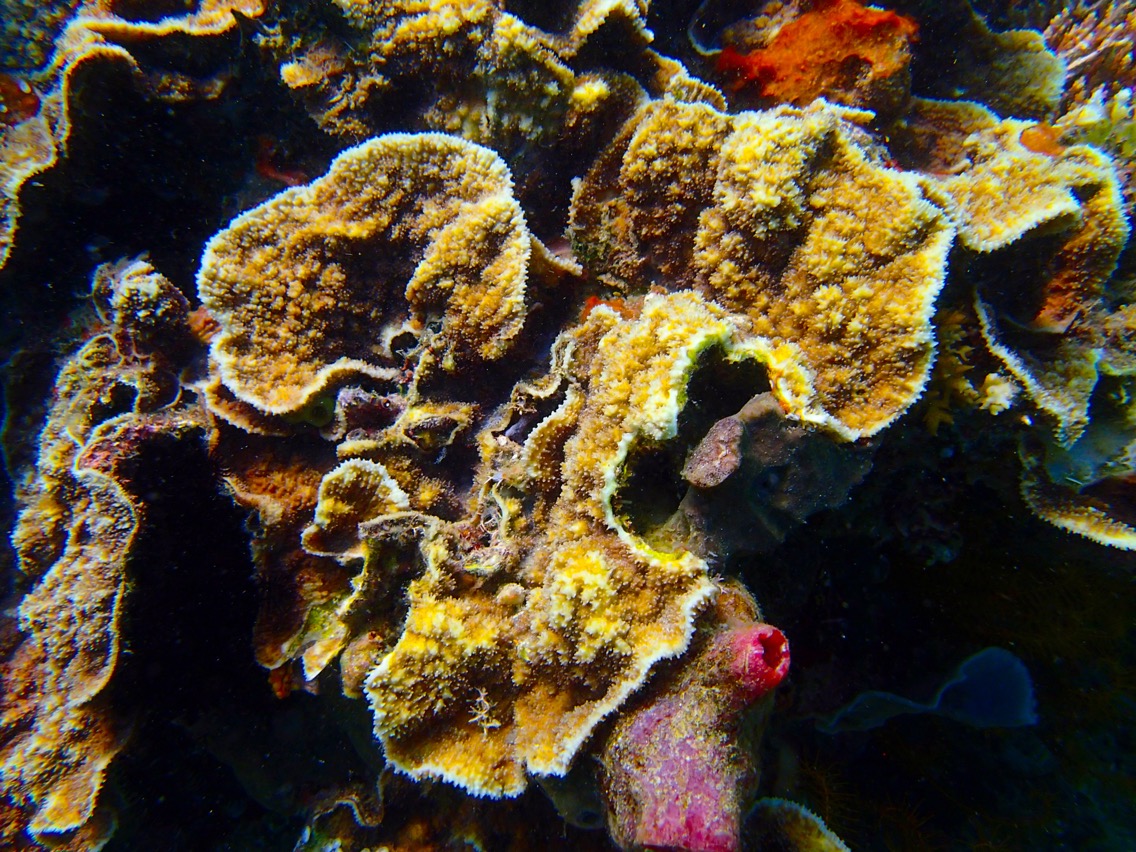
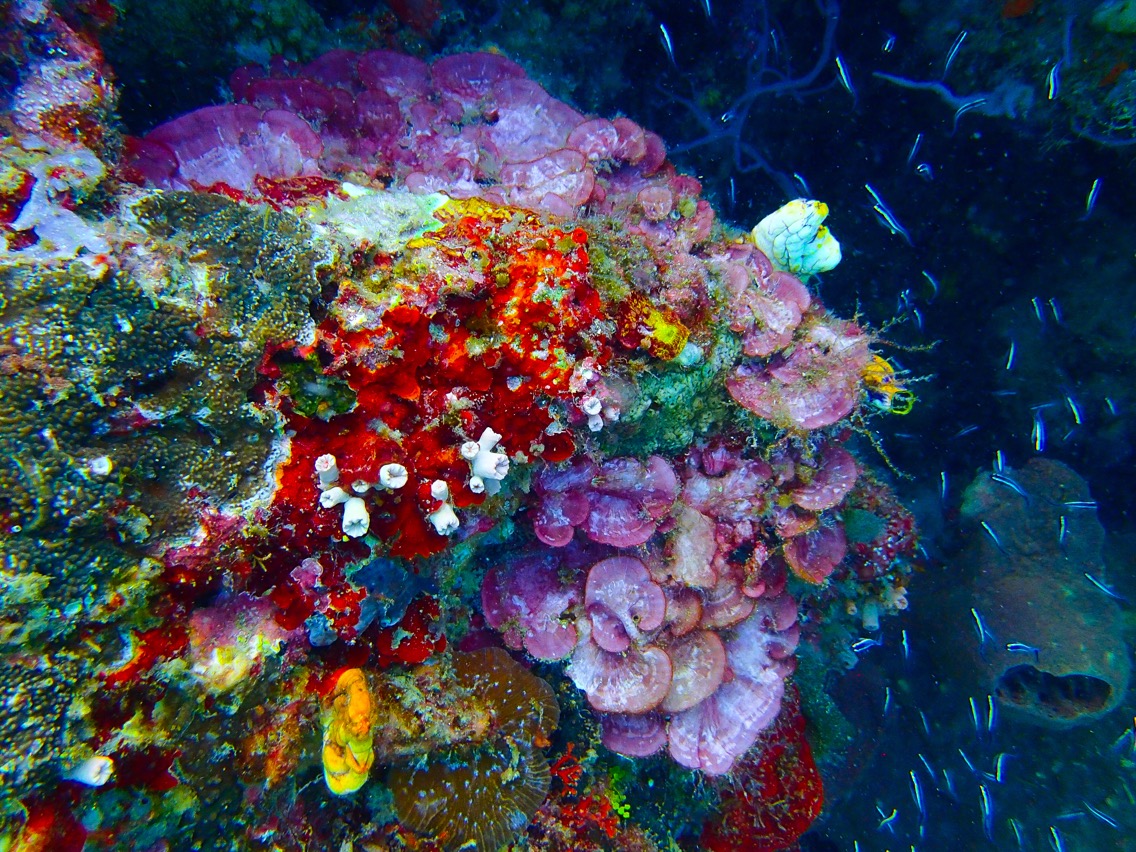

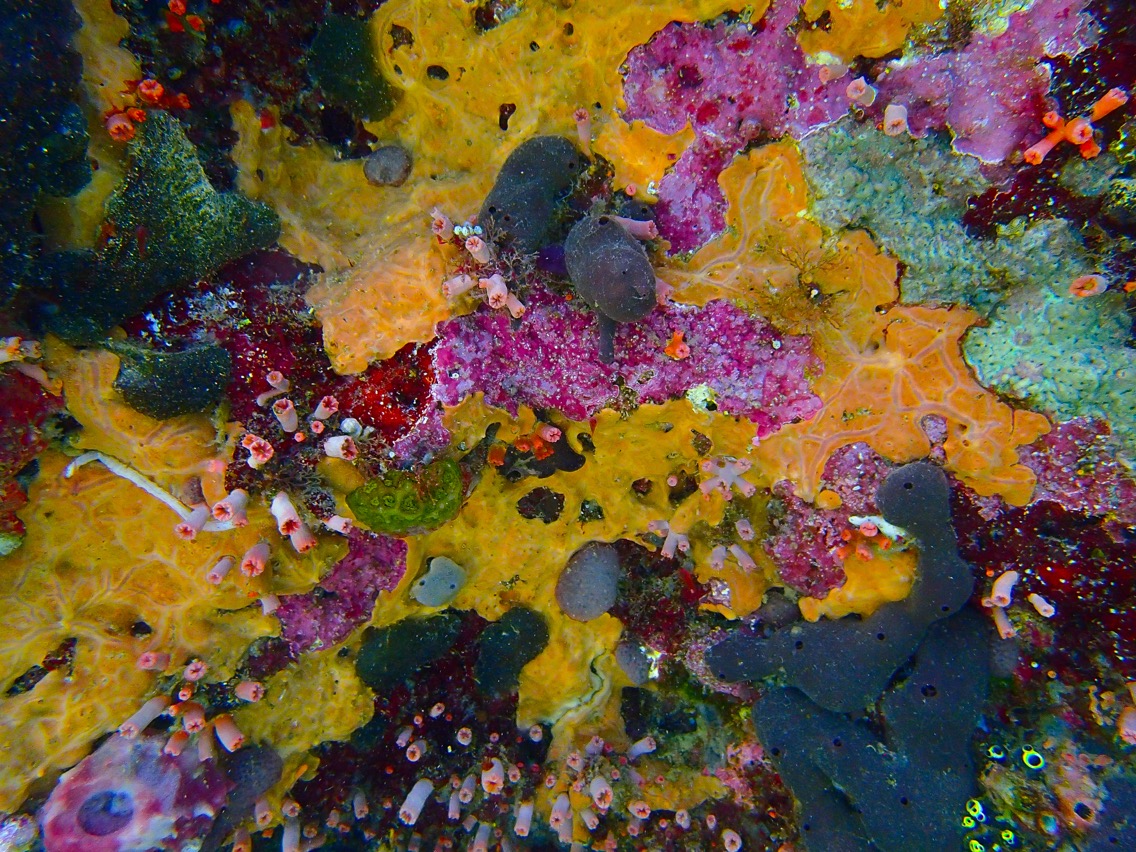
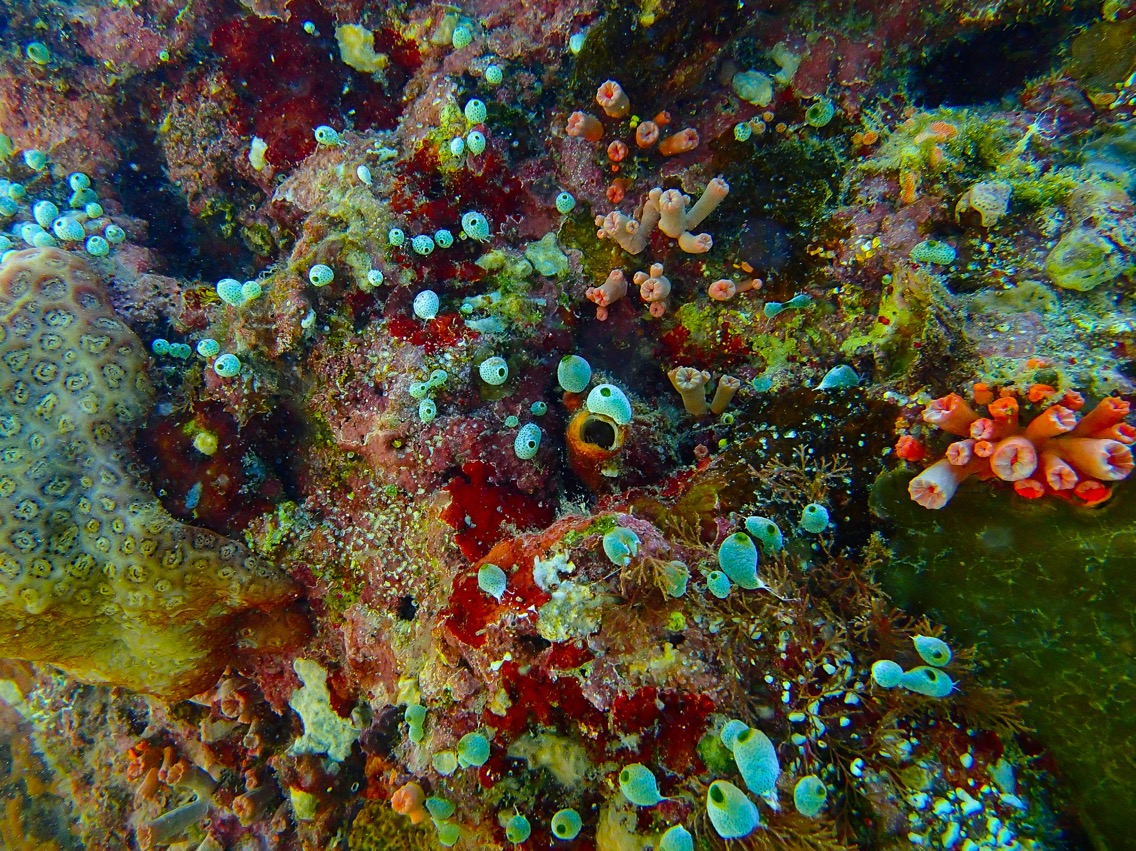
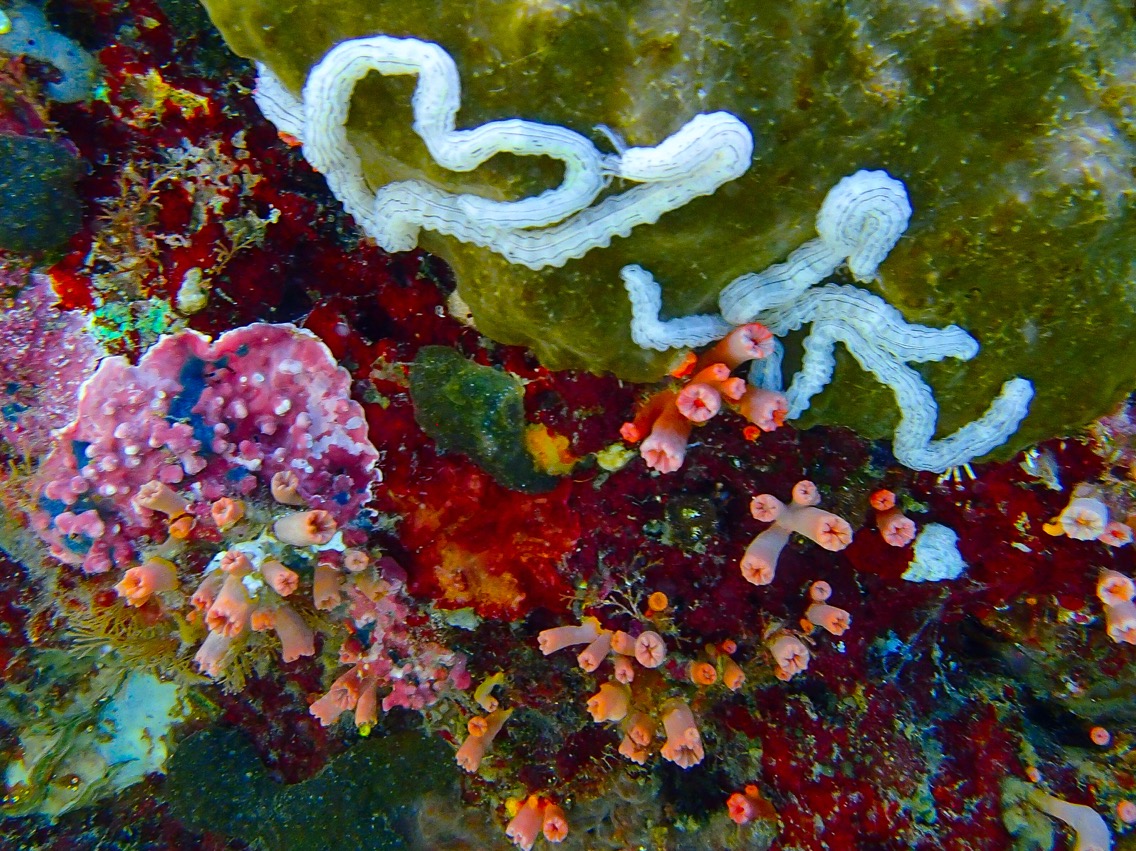
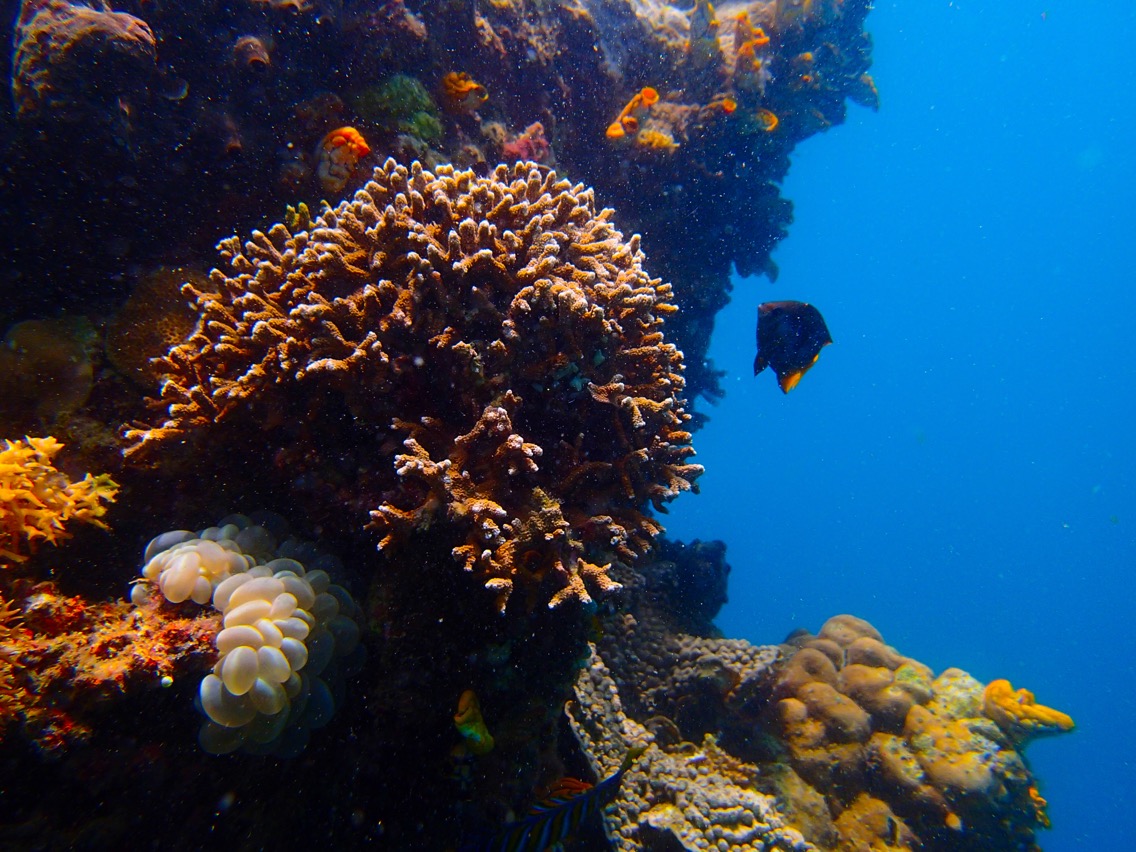
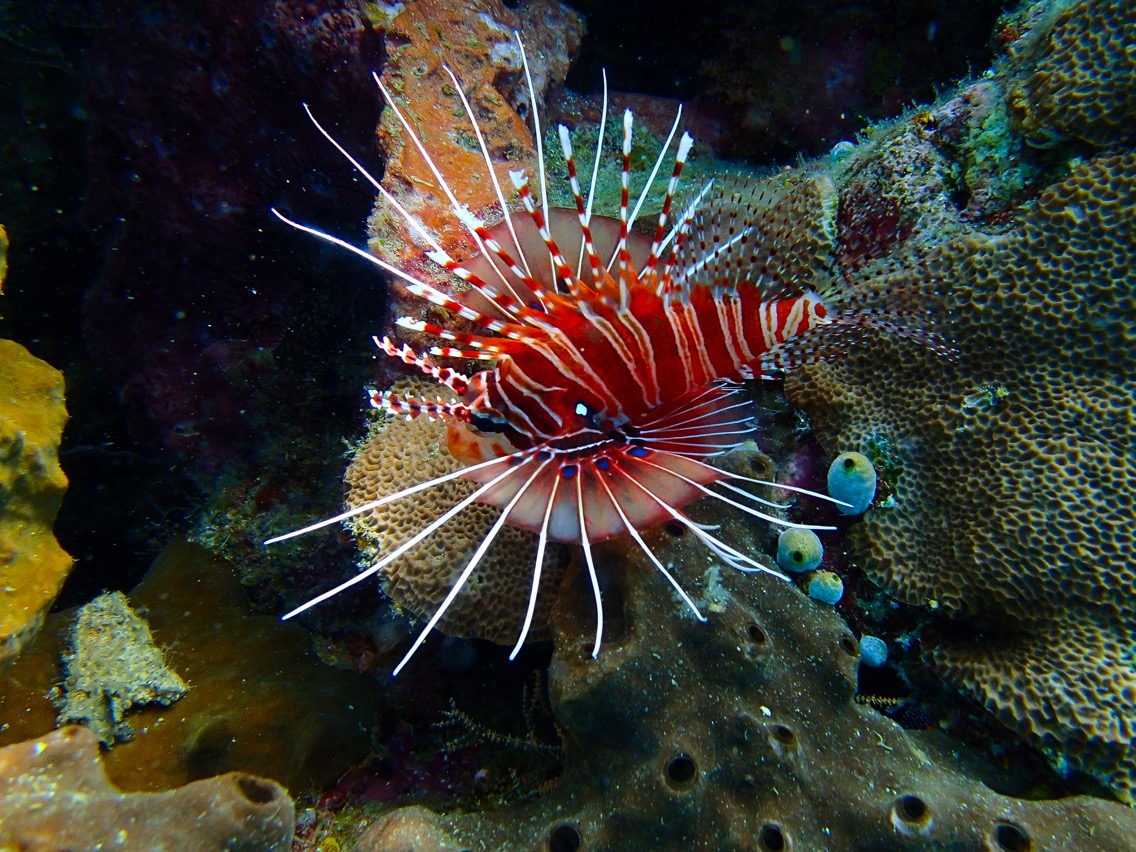
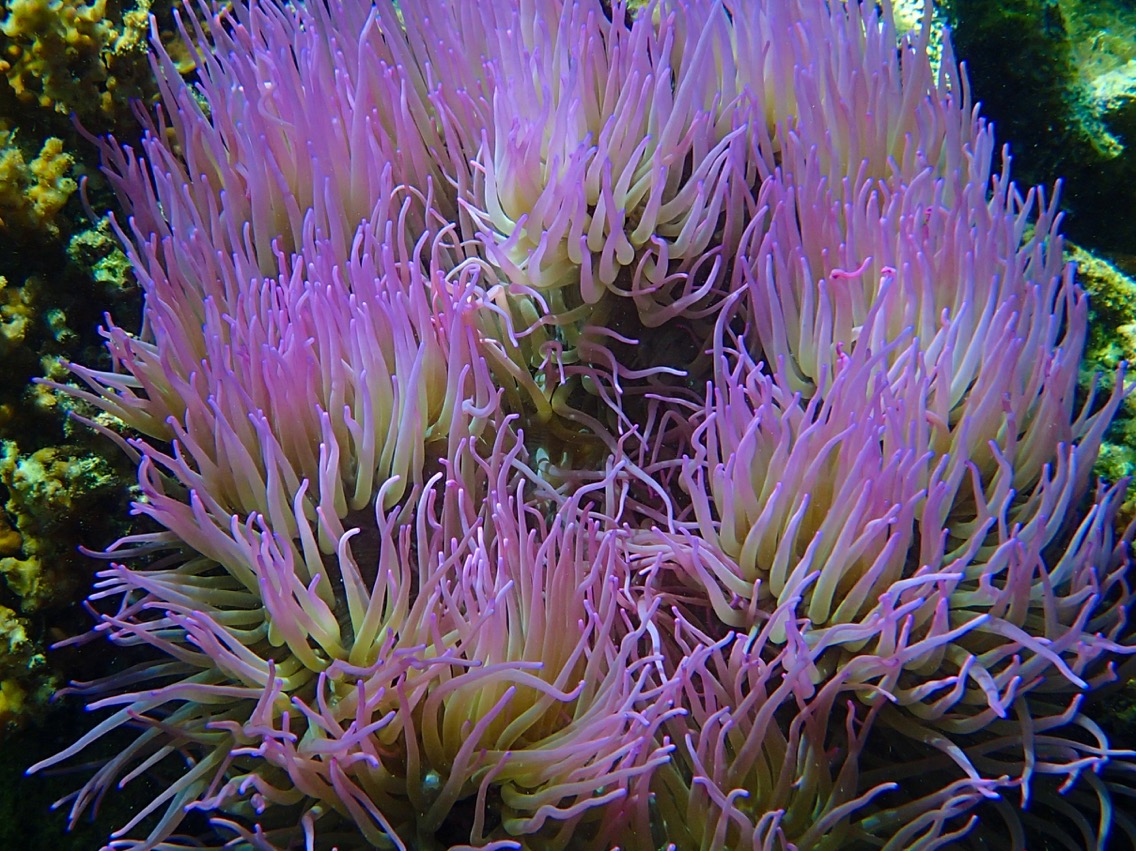

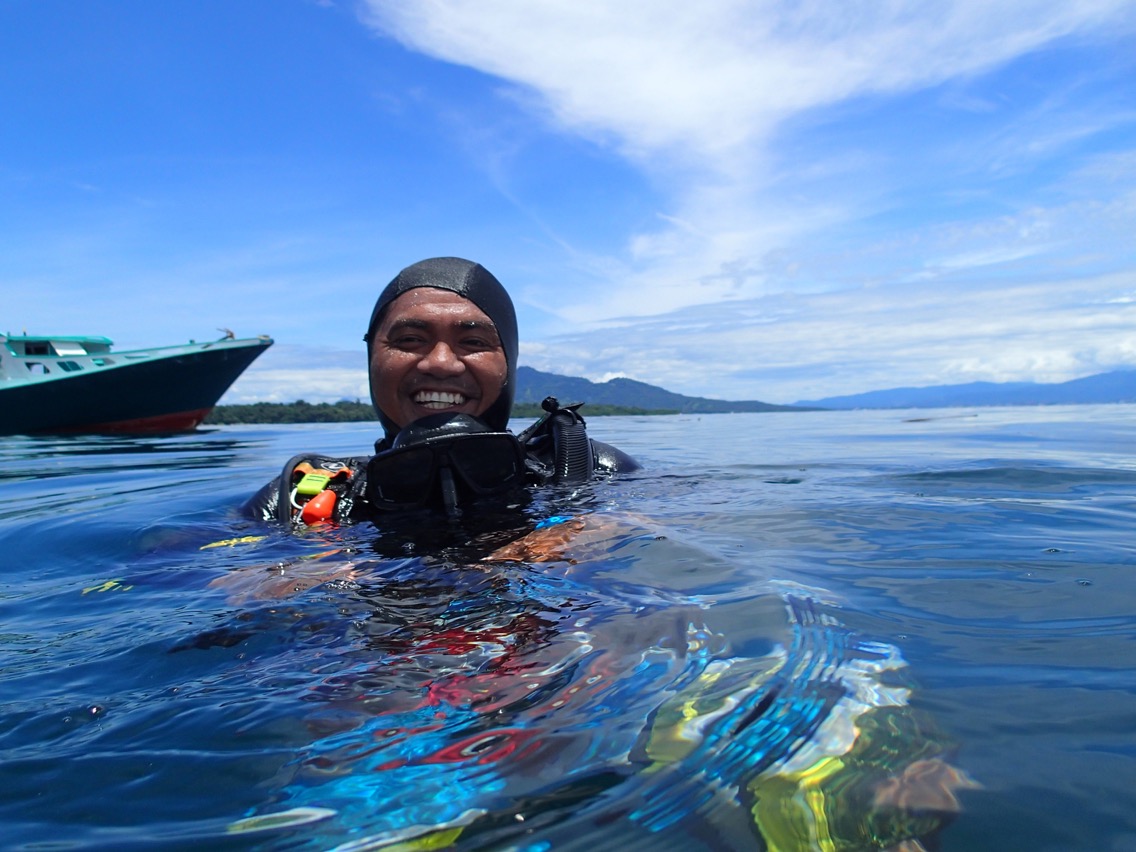
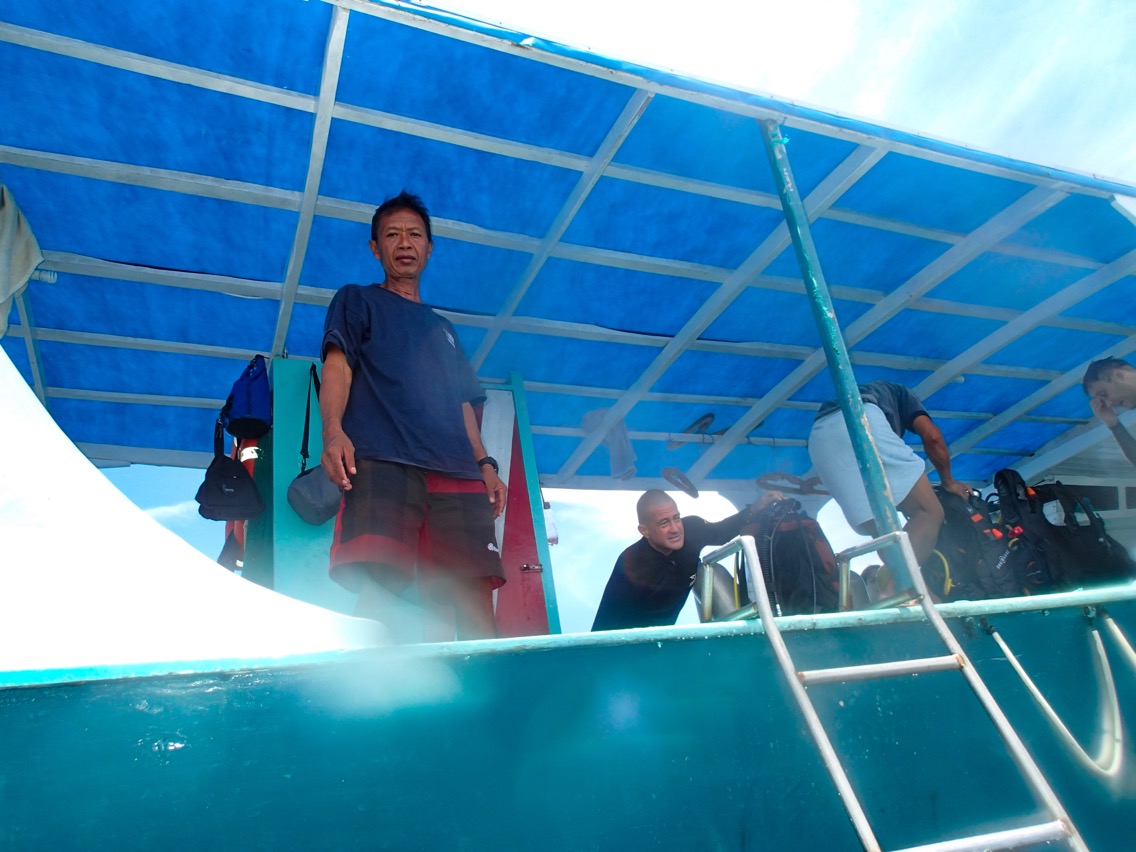
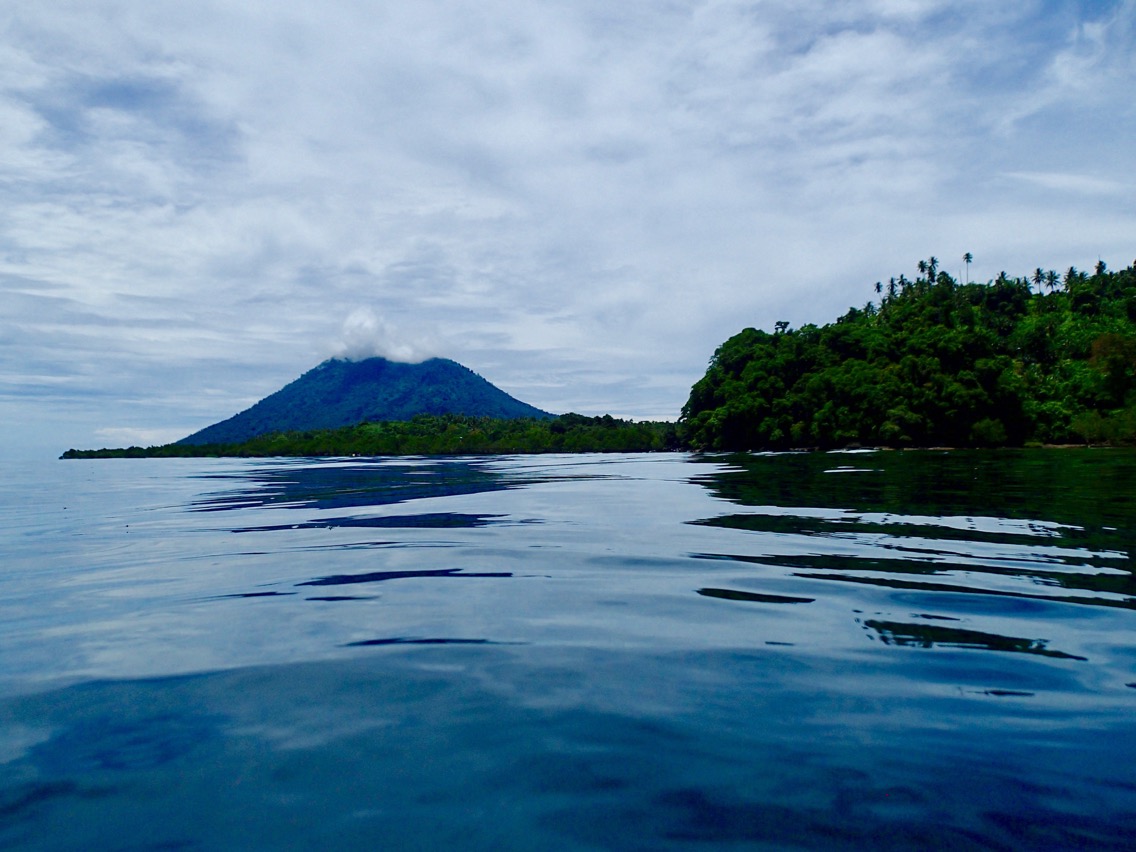
Diving Off Bunaken Island, Northern Sulawesi, Indonesia
From Lembeh island, it takes about two hours by car to get to the city of Manado, the bustling provincial capital.
Bunaken Island is located about thirty minutes by boat from Manado.
Bunaken Island is an Indonesian government protected marine park.
The length of the island is only 8 Kilometers long with a few villages and a number of dive resorts.
Our dive resort is similar to the one we stayed at in Lembeh.
It has a few traditional bungalows, located on a very steep hill overlooking the sea.
The bungalows are spartan and the shower water is semi salty.
This means that I have to rinse off my camera at the end of the day in a bucket of fresh water by the dive center.
The traditional wood bungalows are equipped with an air conditioner, and the unreliable electrical power is backed by a strong generator. Whenever the power stops working, even though the generator kicks in almost immediately, the air conditioner needs to be manually restarted.
Despite the lack of luxury comfort, I am very comfortable here.
I go all day in my bathing suit or with a beach summer dress, and I LOVE being under the sea and observing all the amazing creatures and coral.
We eat breakfast early, at 7am.
Because we go diving right after breakfast, I only eat a small fruit salad sprinkled with some nuts and seeds that I brought from New Zealand.
At 8am we get on the boat and go diving.
Every day our small boat, with only about four to five guests on it, goes to a different dive site.
The first dive of the day is the deeper dive, and it takes about an hour.
Then we get back on the boat and do a surface interval, which means that we rest for an hour, being sure to drink lots of water, before we go on to the second dive site.
The second dive is usually a bit shallower than the first.
We dive for about an hour and then return to the resort.
After getting off the boat, we have just enough time to shower and rinse our bathing suits and camera before lunch.
The crew brings back our air cylinders and our diving gear from the boat, and rinses and dries everything for us.
They also load everything back on the boat the next day for our morning dives.
Lunch is taken at a communal table in the open air restaurant.
It is usually a form of rice with vegetables, and a small amount of the catch of the day prepared in an Indonesian style.
For desserts we have a small fruit salad.
The portions of the meals are small, which I really like.
Then we rest, read, write, organize our photos and catch up with our emails, and have an afternoon coffee or cocoa.
Dinner time is at 7pm, also at the communal table.
The food is similar to lunch, consisting of a small appetizer, the catch of the day with vegetables, rice or potatoes, and a small dessert or fruit.
During dinner, we get to know the other divers.
We talk about our lives, exchange ideas, share travel tips, places we have dived in, etc.
There have never been more than six people at the resort at any one time.
While in Bunaken, I did a Nitrox (enhanced air) course, and got my PADI Nitrox certification.
Nitrox is air enhanced with a higher percentage of oxygen.
Normal diving air is 21% oxygen and 79% nitrogen.
Nitrox is 32% oxygen and 68% nitrogen or higher (it can go up to 40% oxygen.)
Divers dive with Nitrox in order to dive longer and feel less fatigued.
So instead of going over my Japanese language course, which is coming up very soon, I sat and studied for my Nitrox certification.
Bunaken Island is surrounded by a deep coral reef wall that drops down over 200 meters (around 600 feet.)
The coral wall is a sanctuary for sea turtles.
I have seen turtles on every dive I have done in Bunaken.
The photos of the turtles that you see in this post and the following ones are all taken up close with my tiny Olympus “Tough” camera.
I have no strong zoom, but I actually was able to get very close to the turtles without them swimming away.
Because Bunaken is a protected marine park, there are many schools of fish swimming around.
It is wonderful to see so much life and so many different kinds of fish.
The coral reef is teaming with colorful life.
On the first few dives that I did off Bunaken island, the current was very strong and the visibility was low.
It was nearly impossible to swim against the current.
We did a few “drift dives,” which means that you just drift with the current along the coral wall at a certain depth, looking for interesting things to see.
Then at the end of the dive, we rise up to the surface and inflate a float flag to let the boat know where we are.
Then the boat comes over and picks us up.
There are also large caverns and arches in and around the coral wall, which create wonderful patterns as the light filters through them.
It really feels magical.
From Bunaken island, I am sending you love and light,
Tali